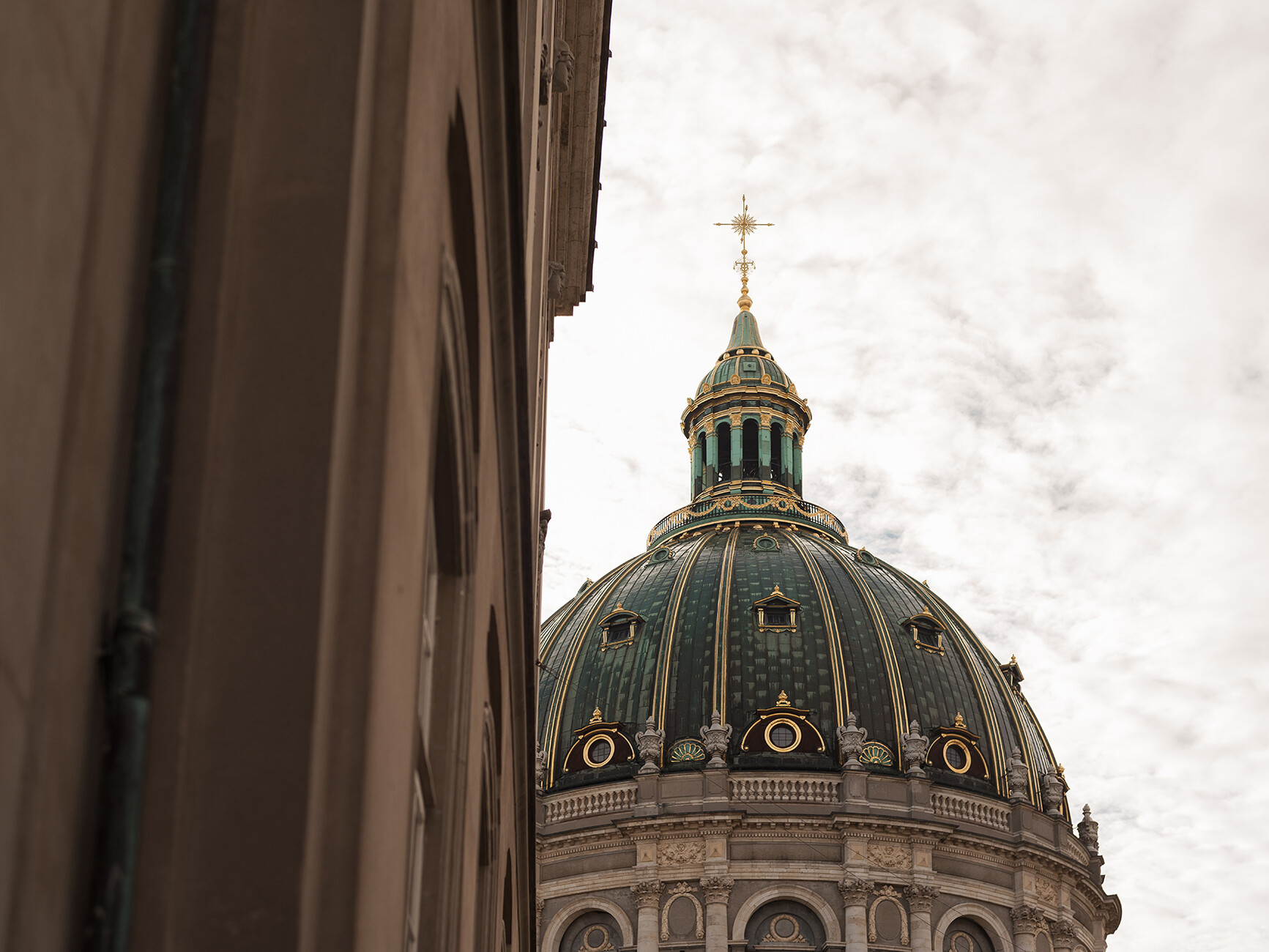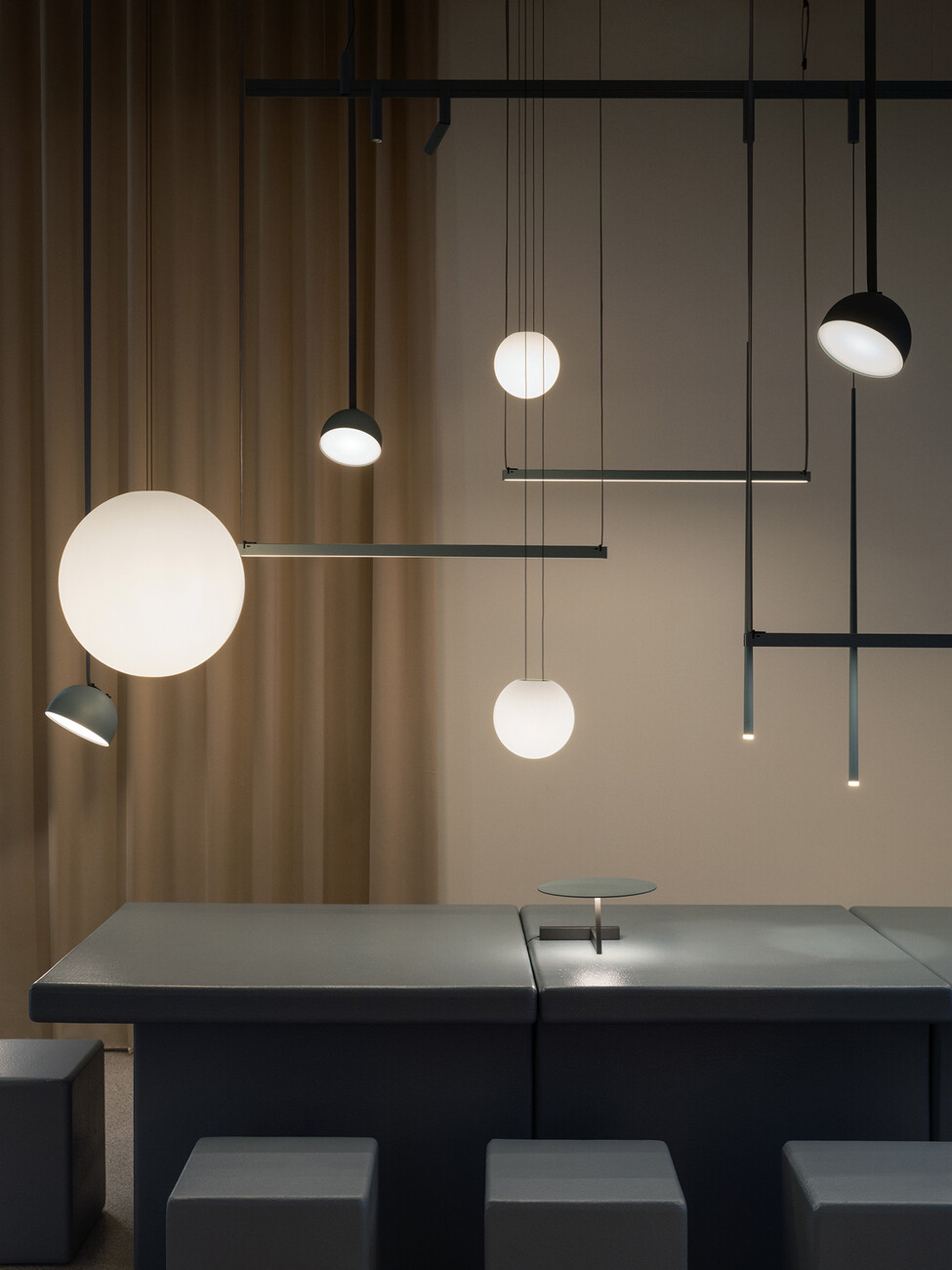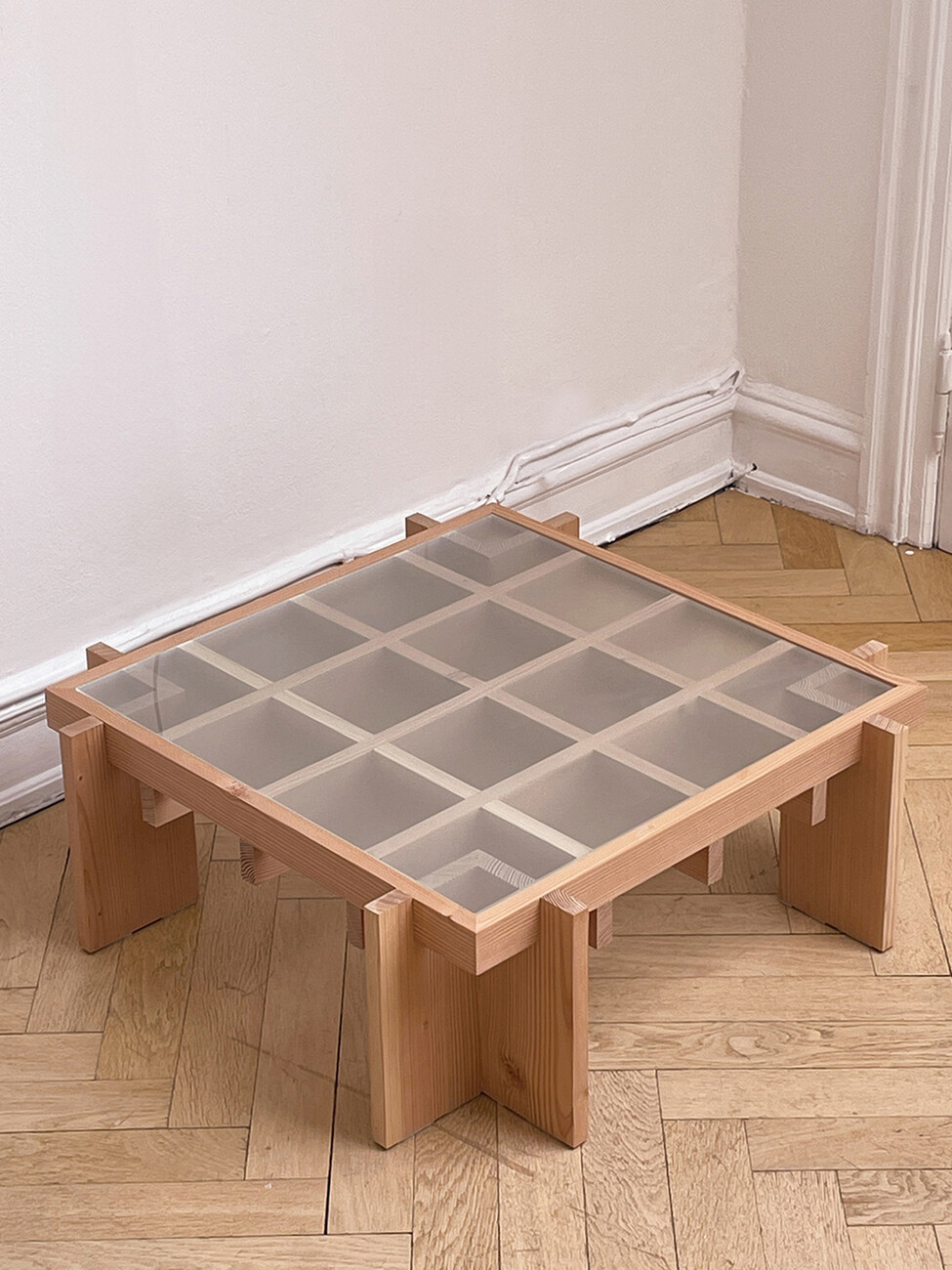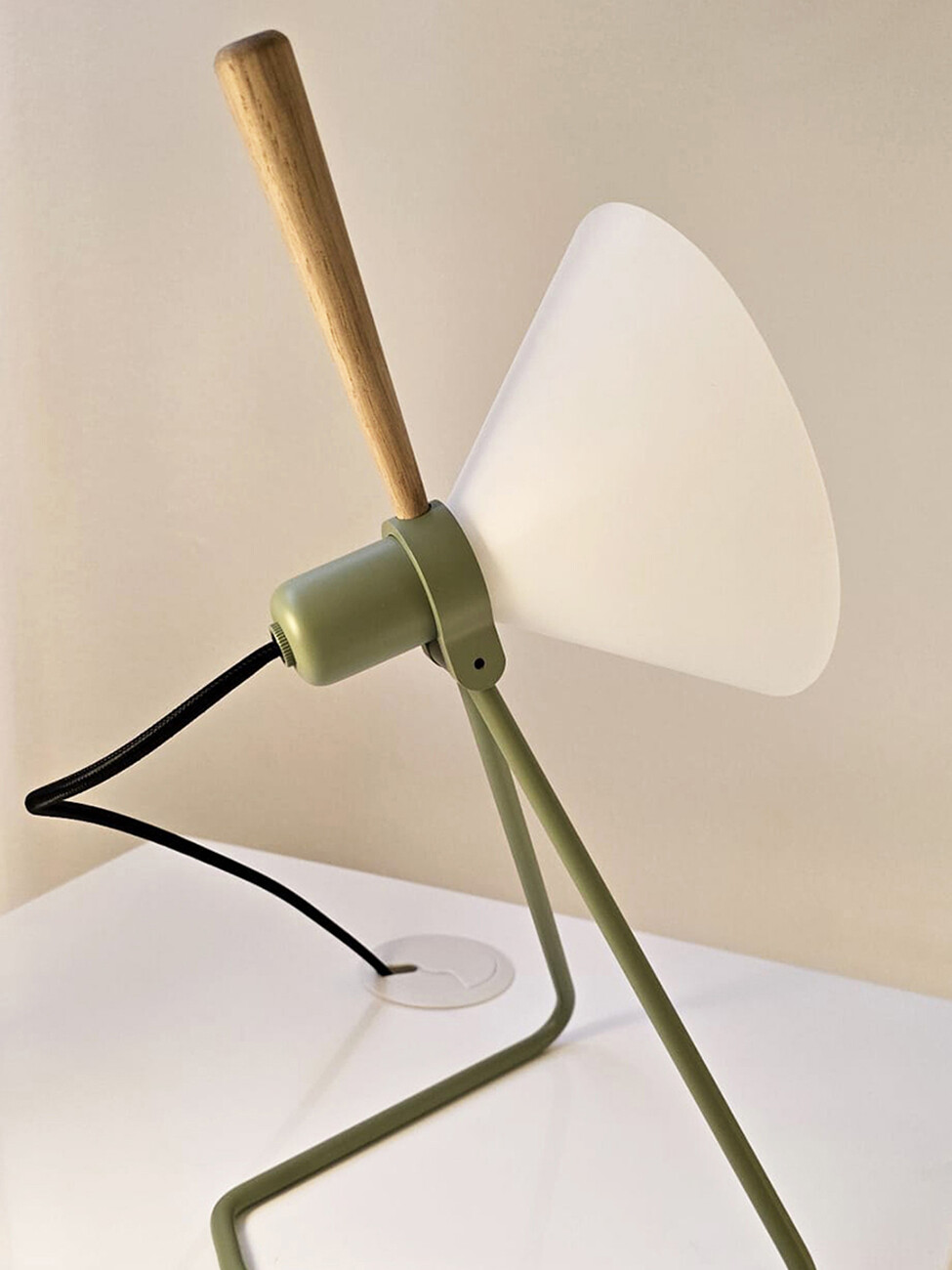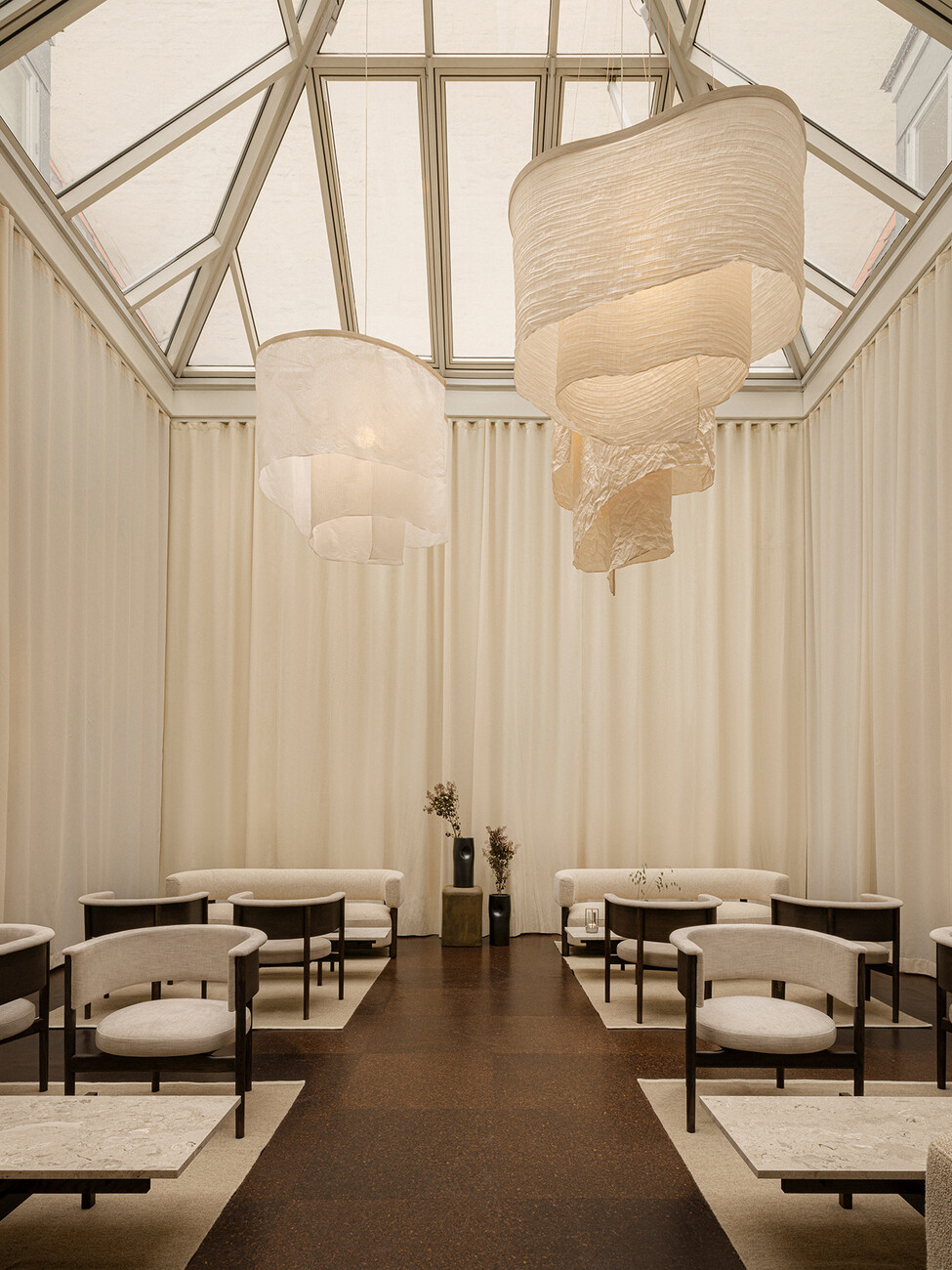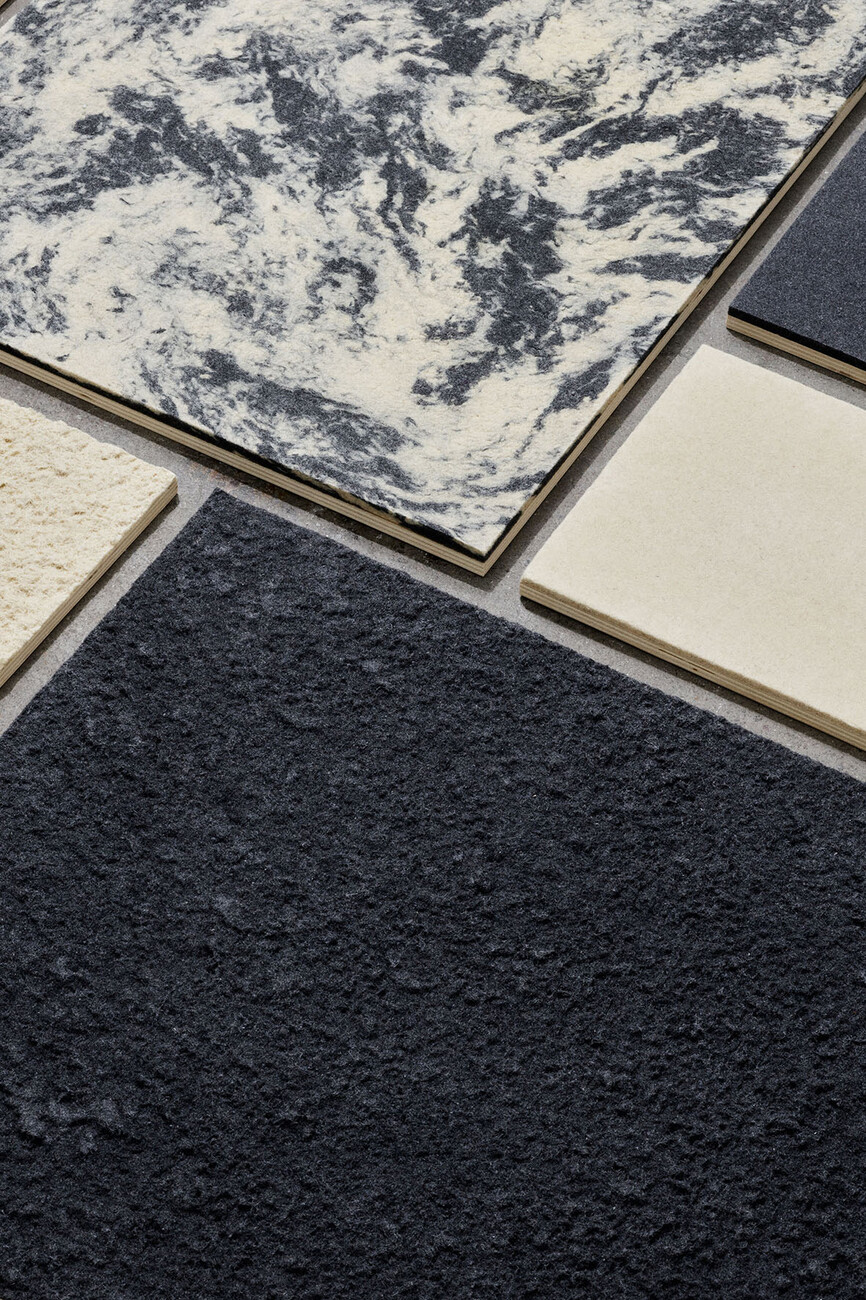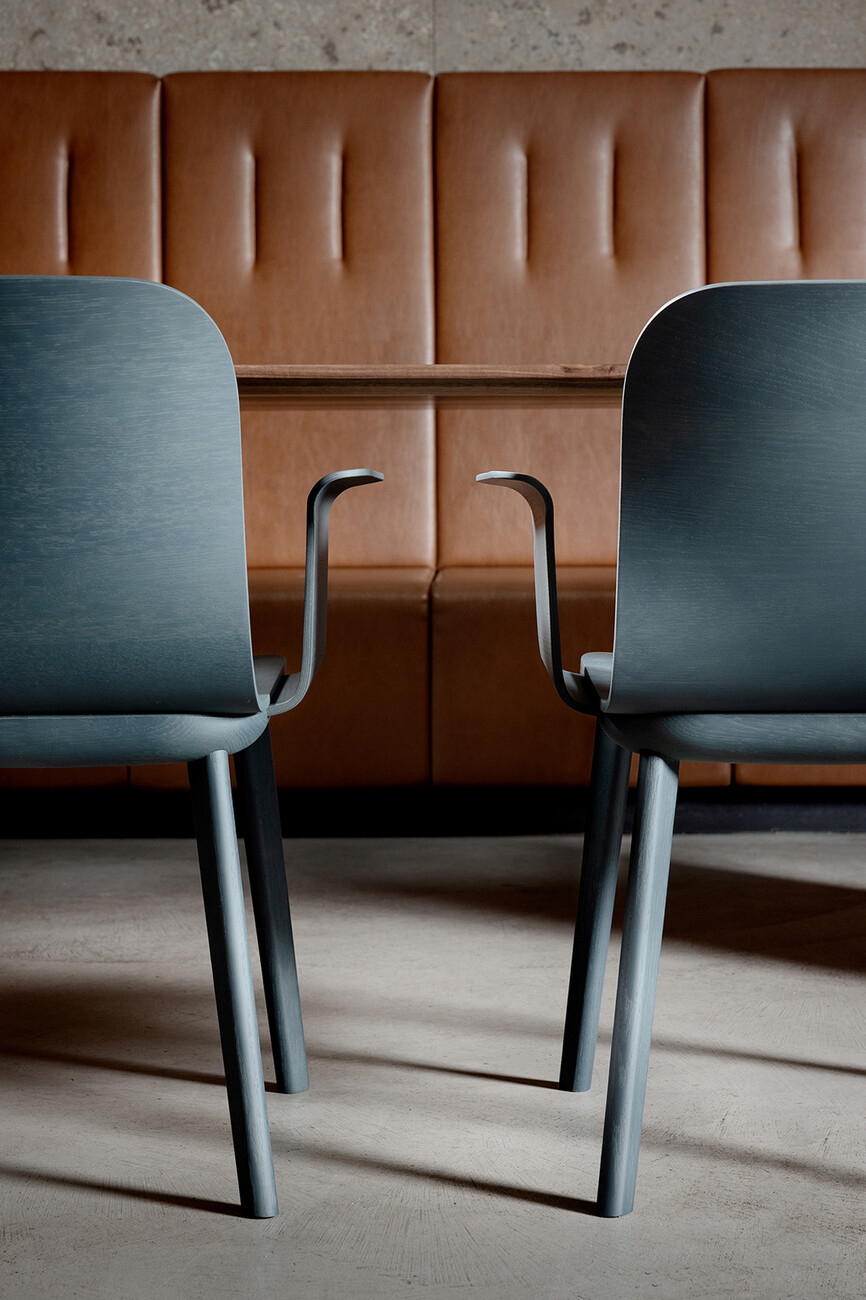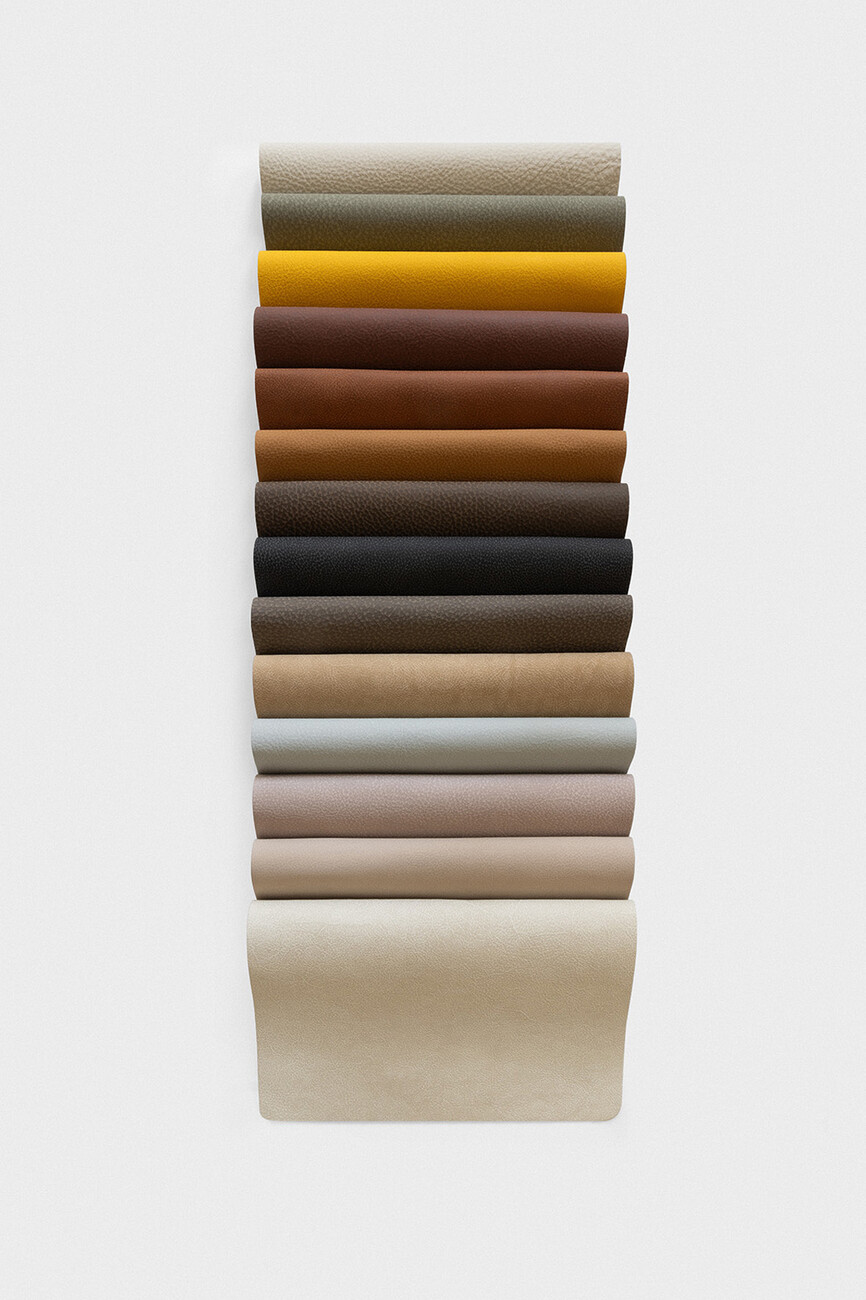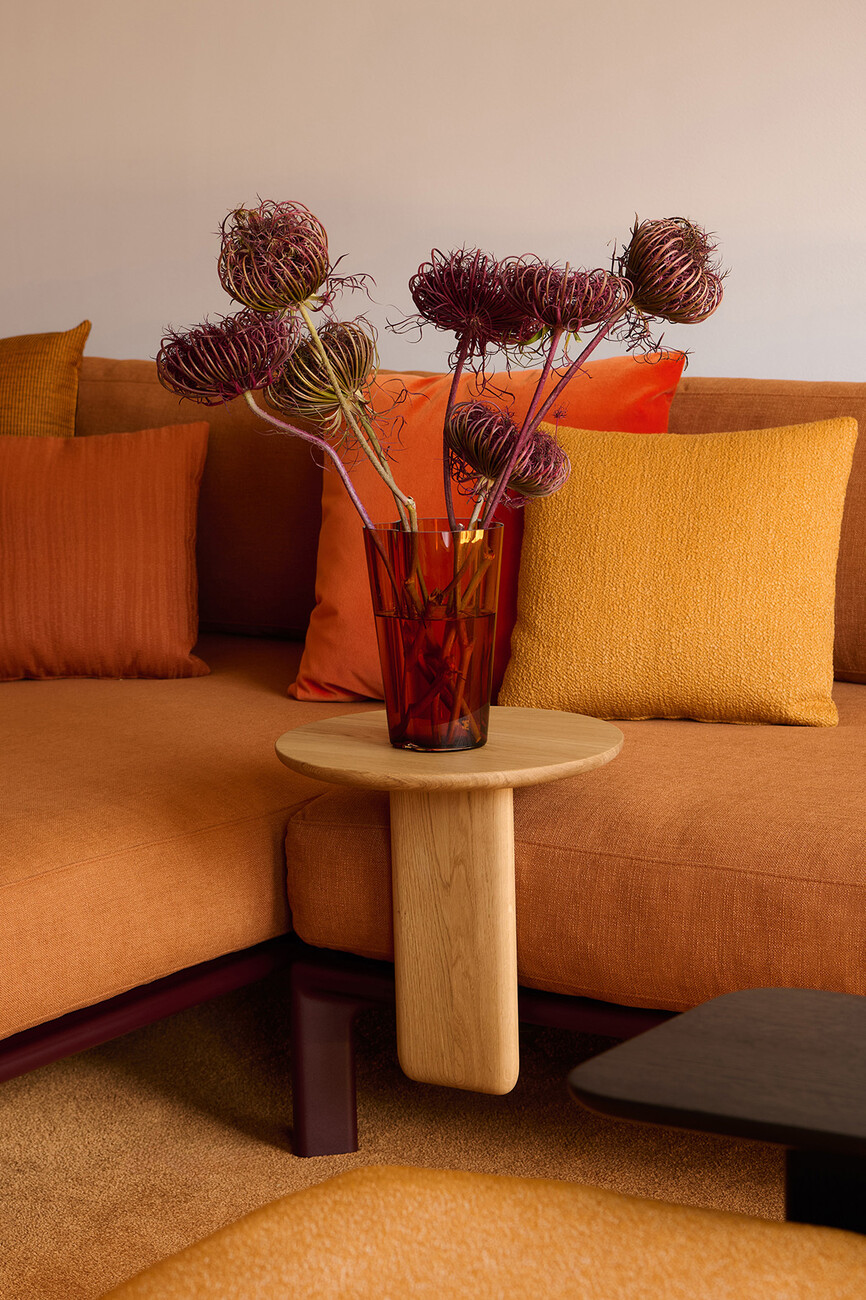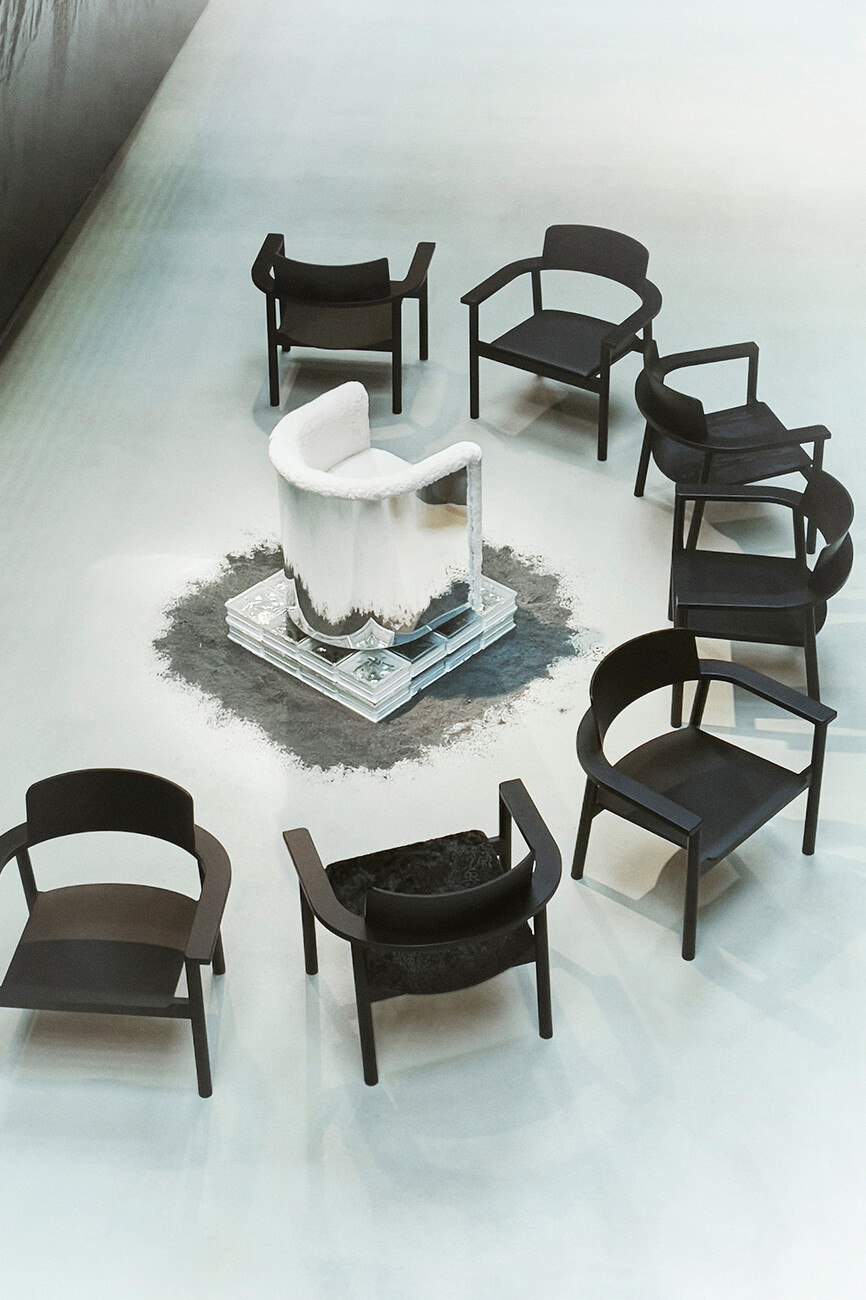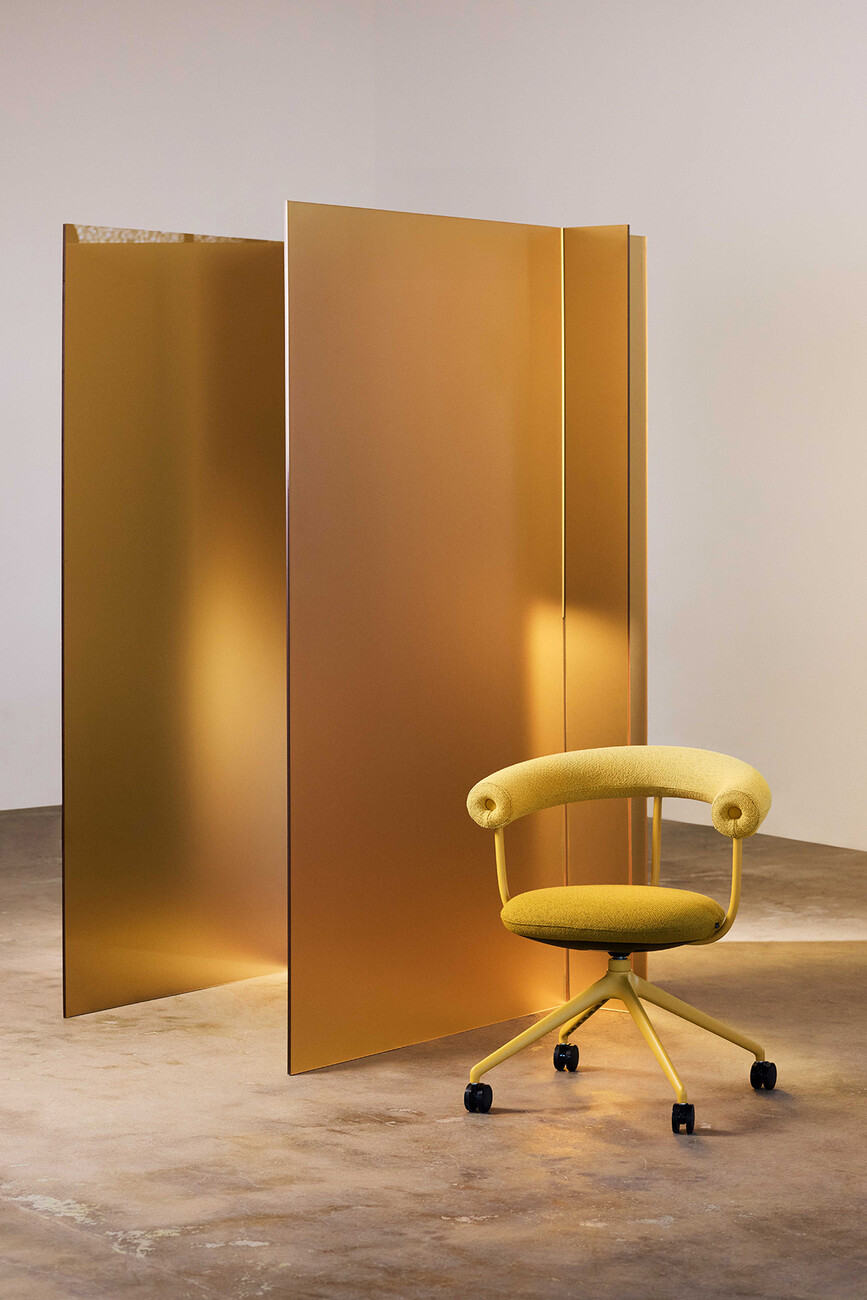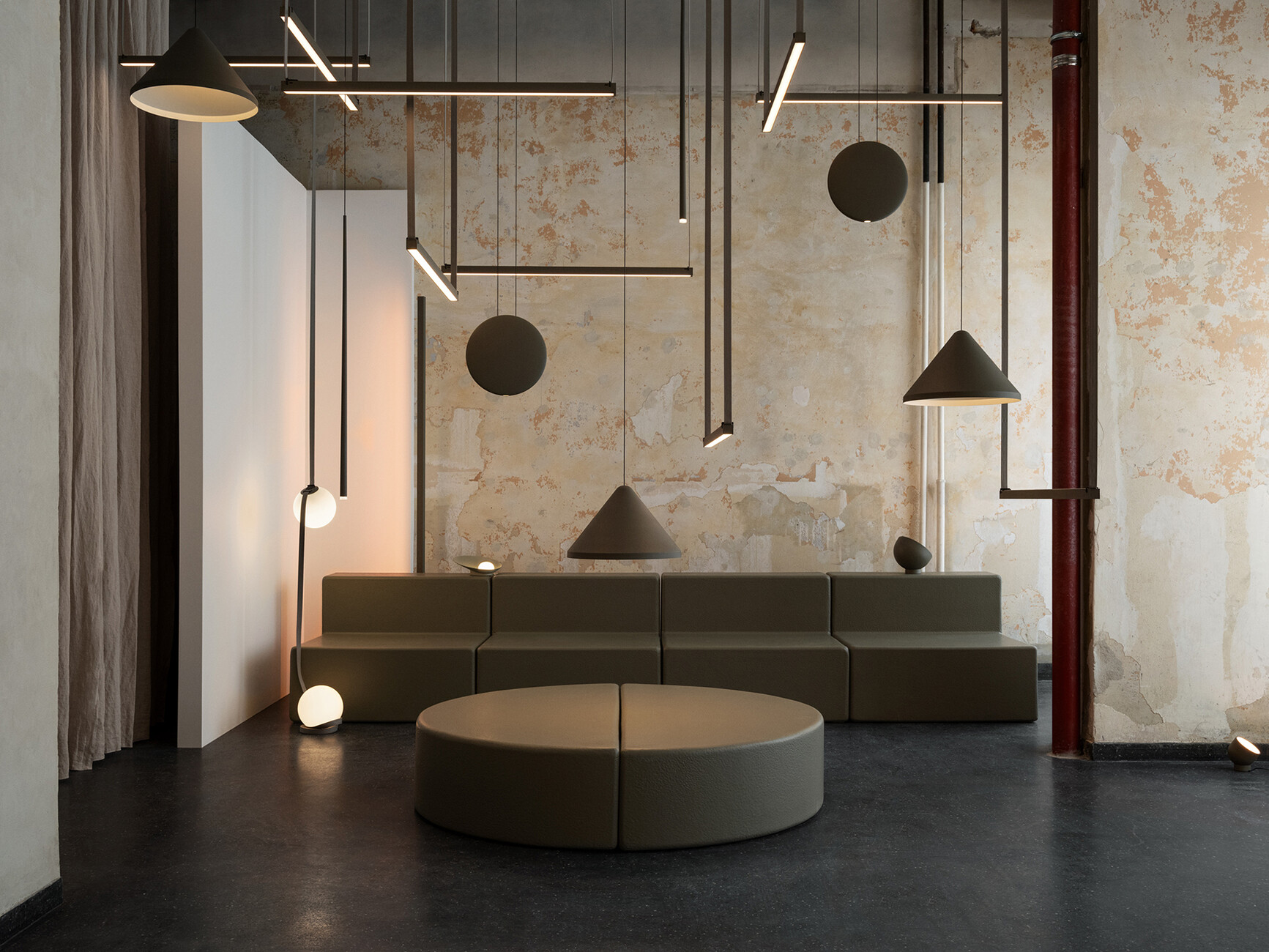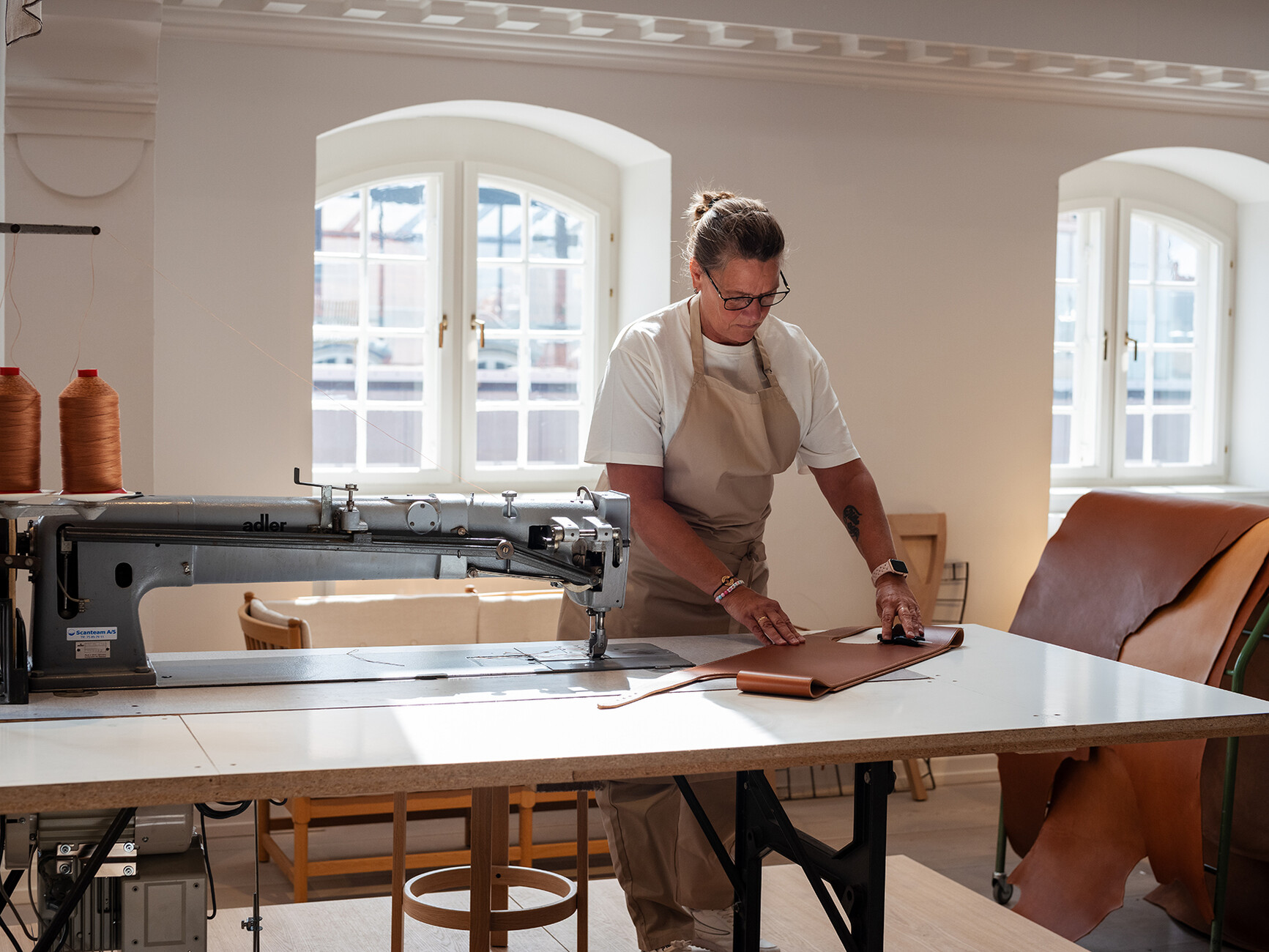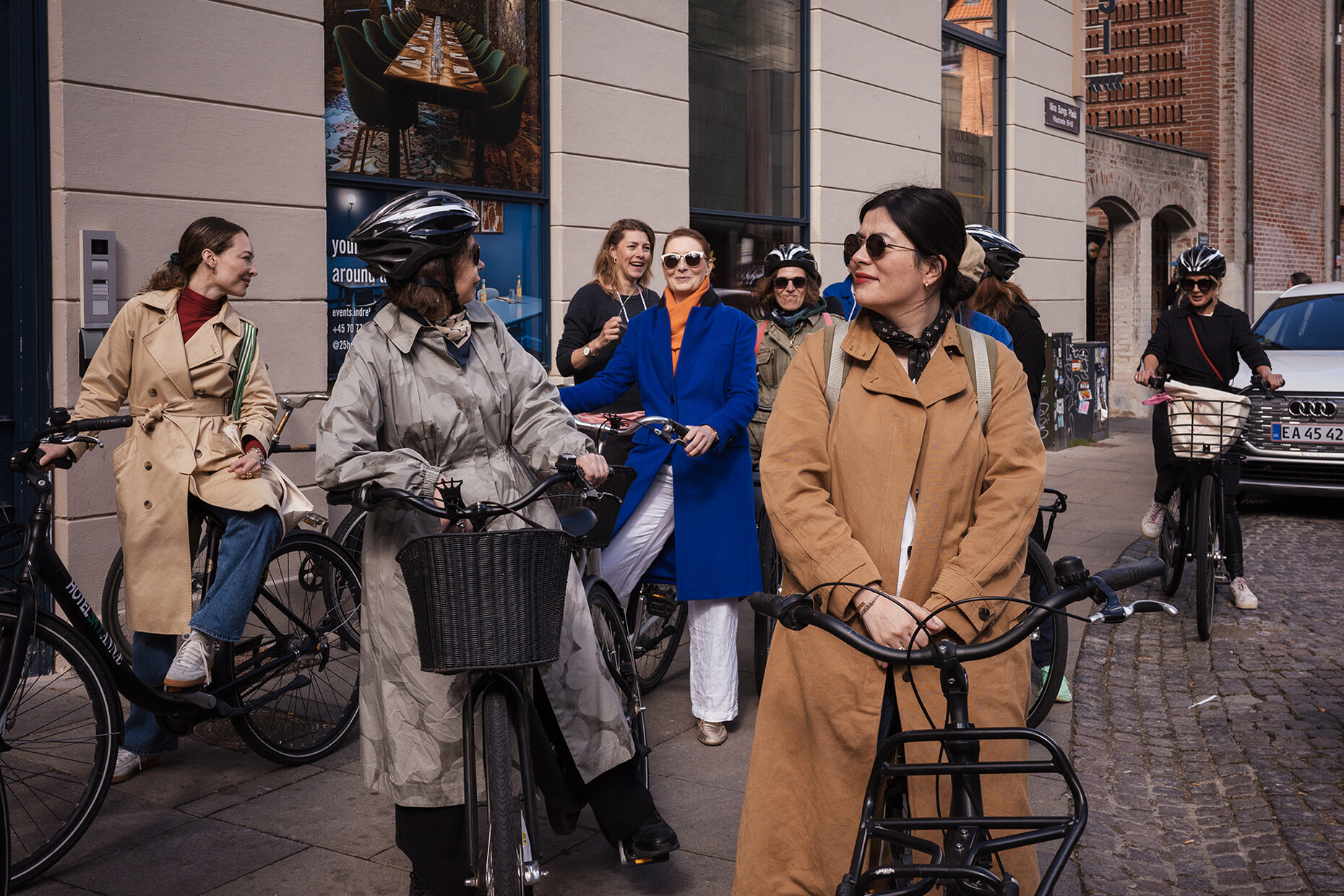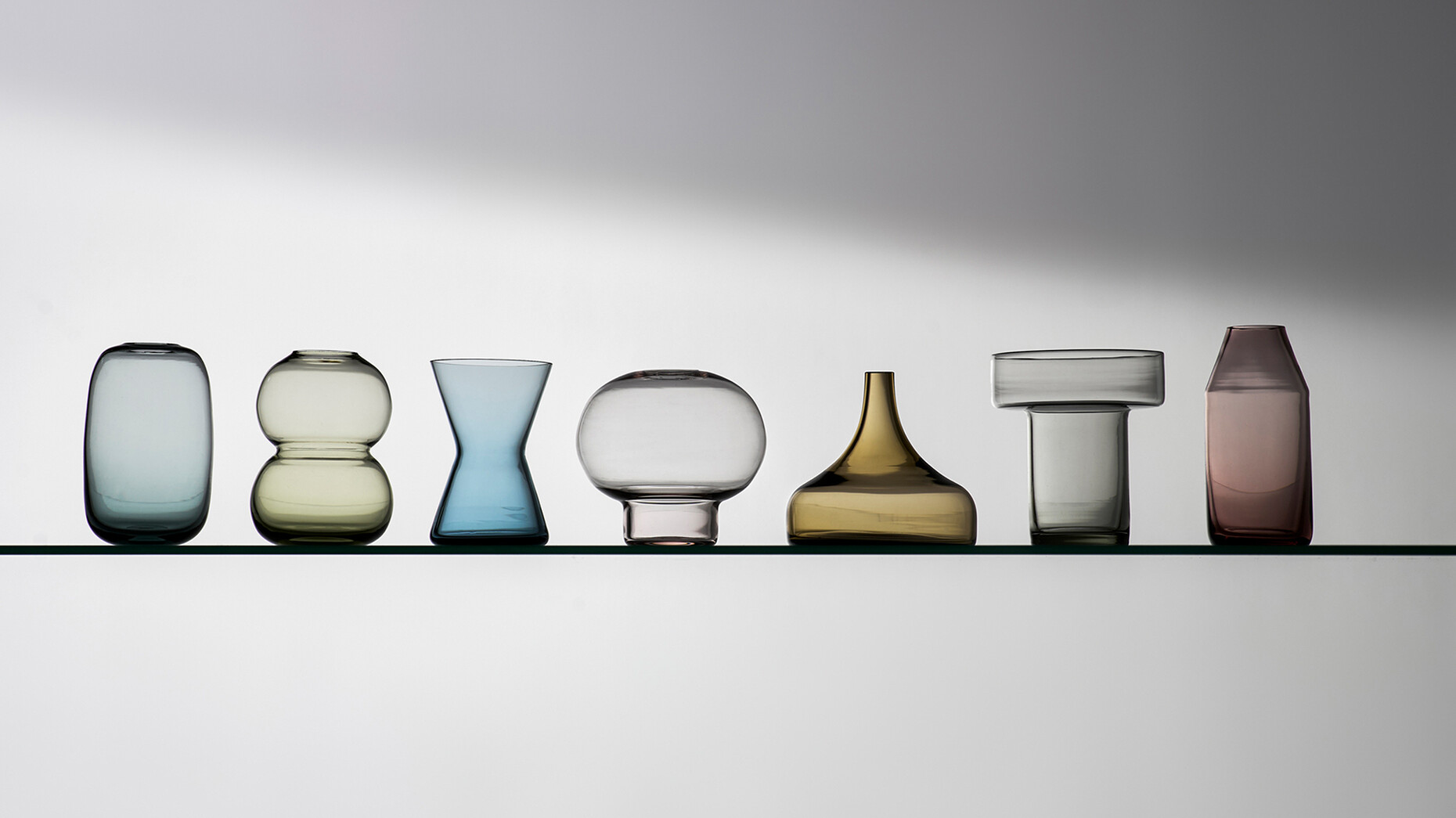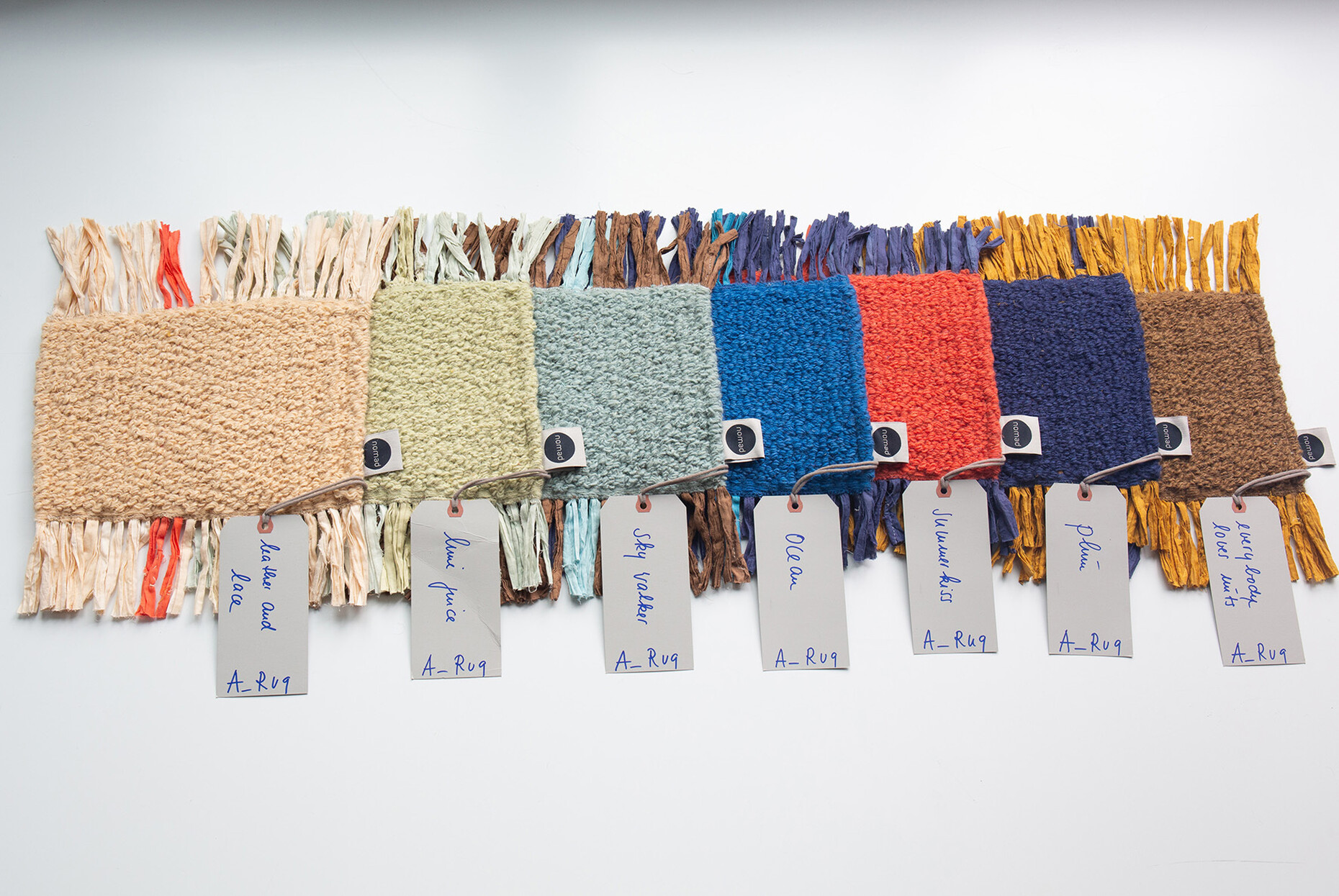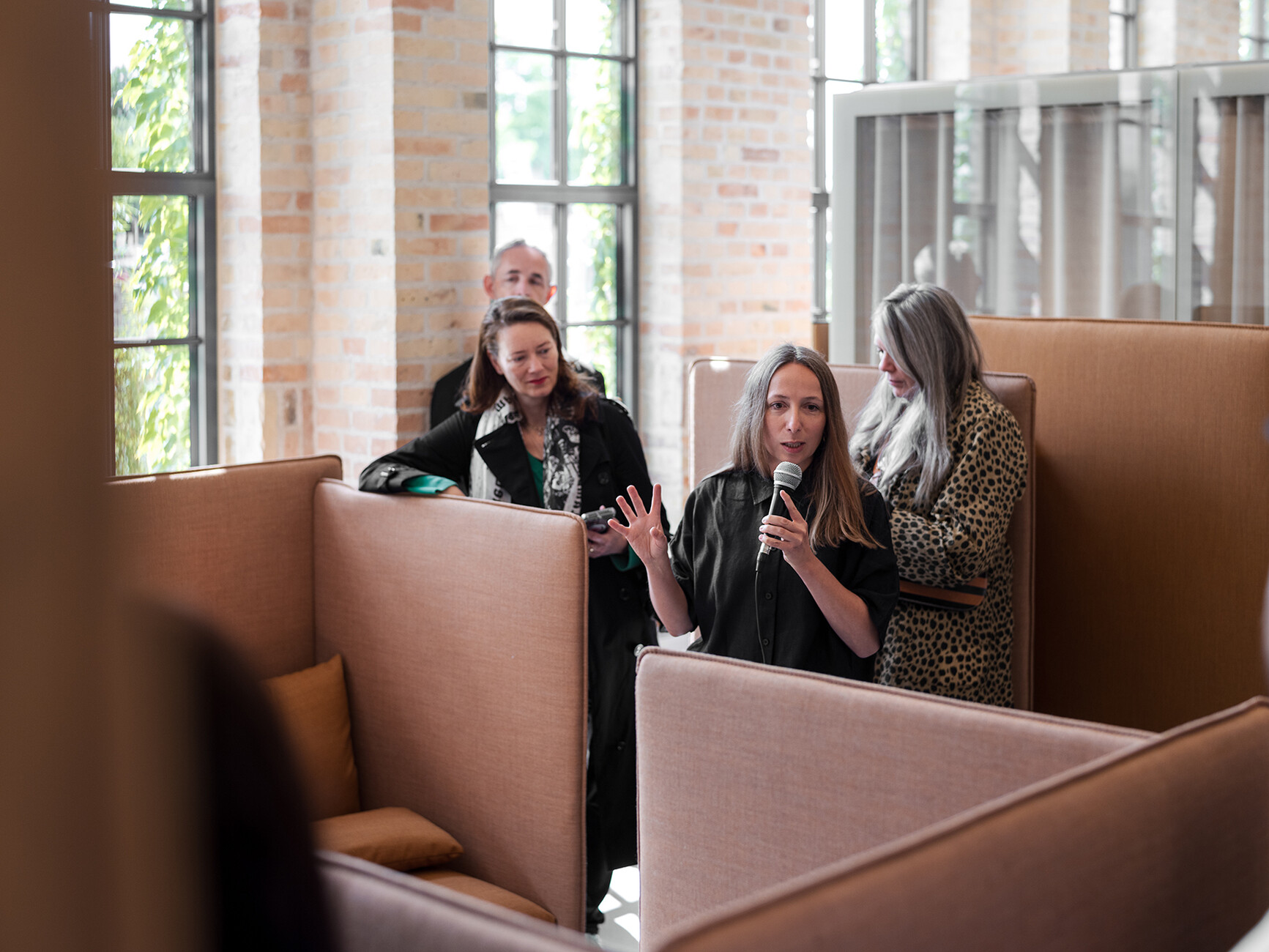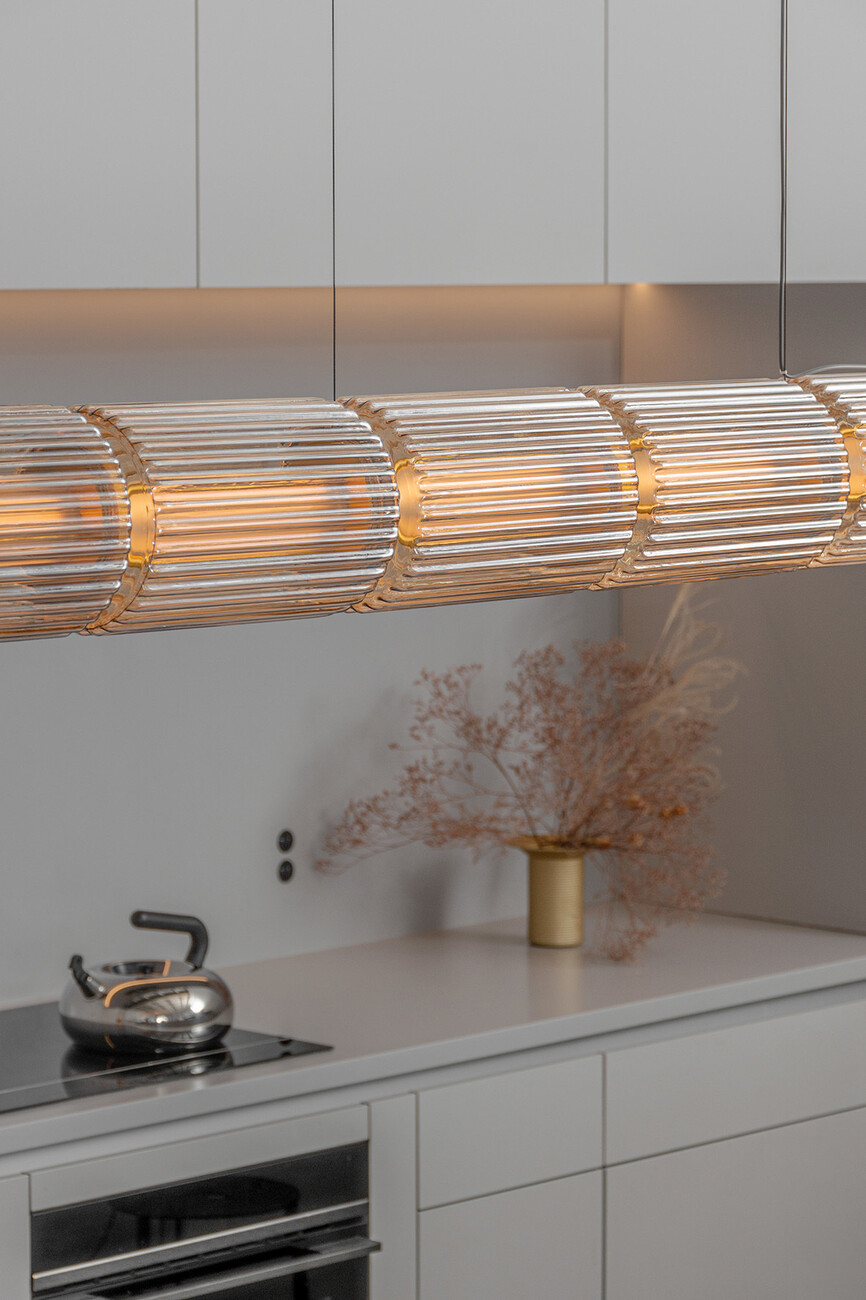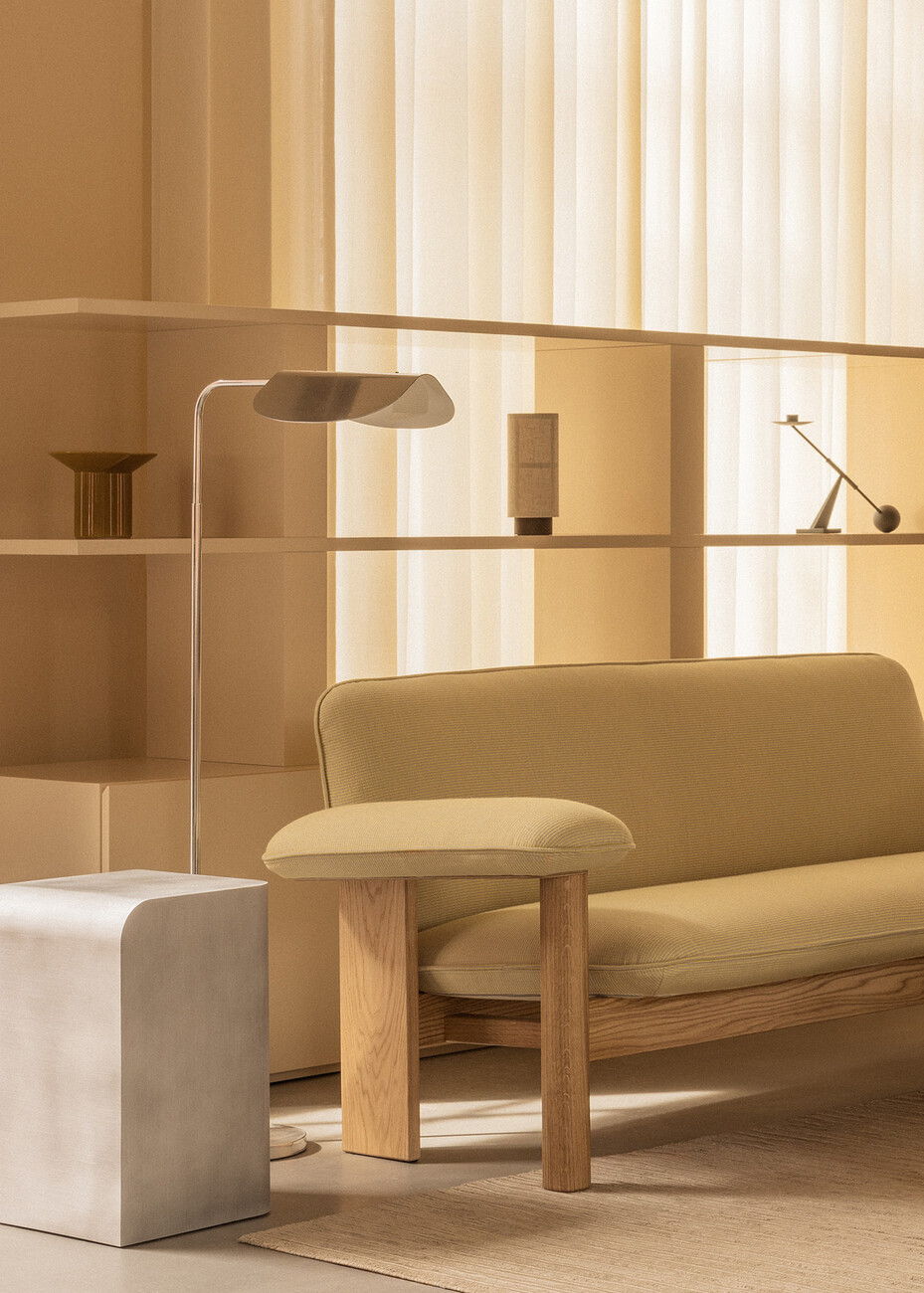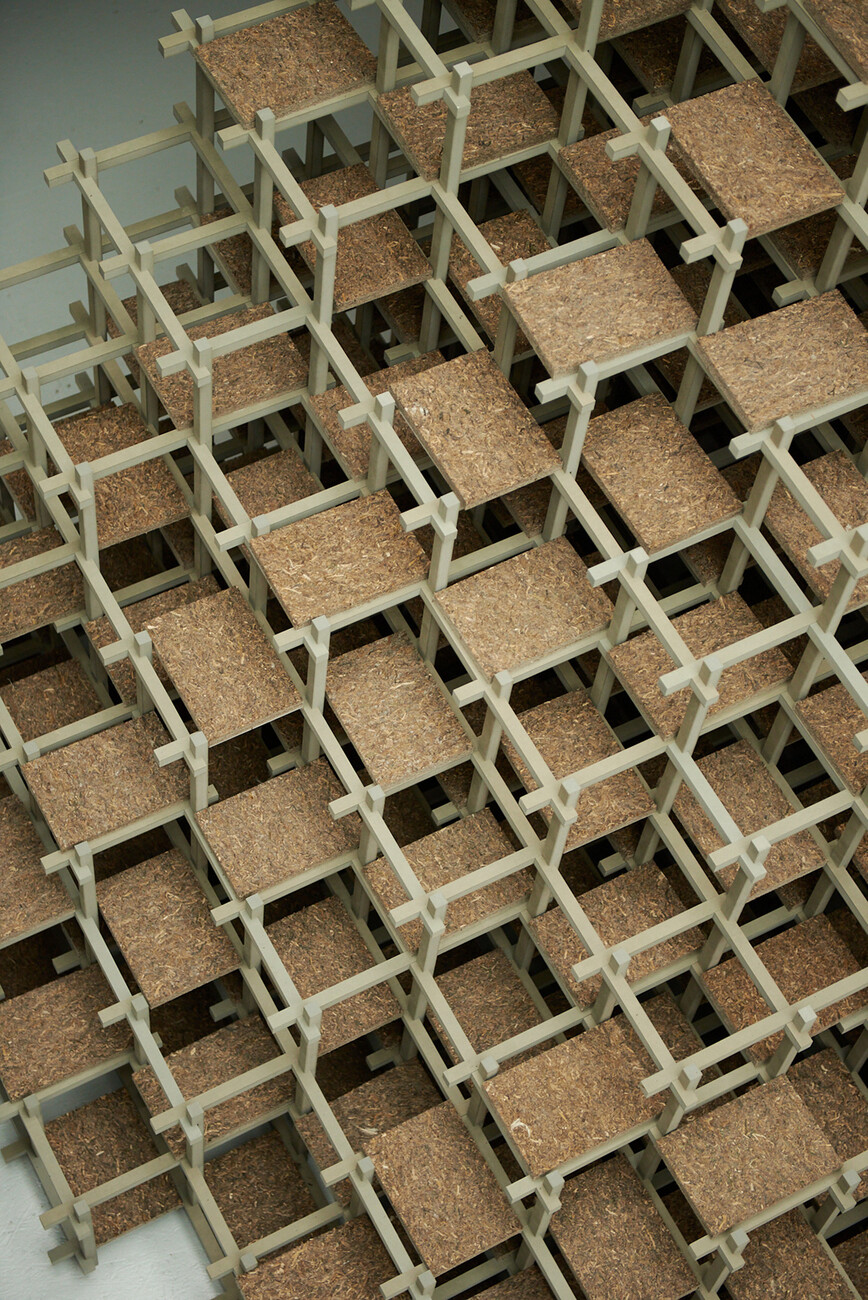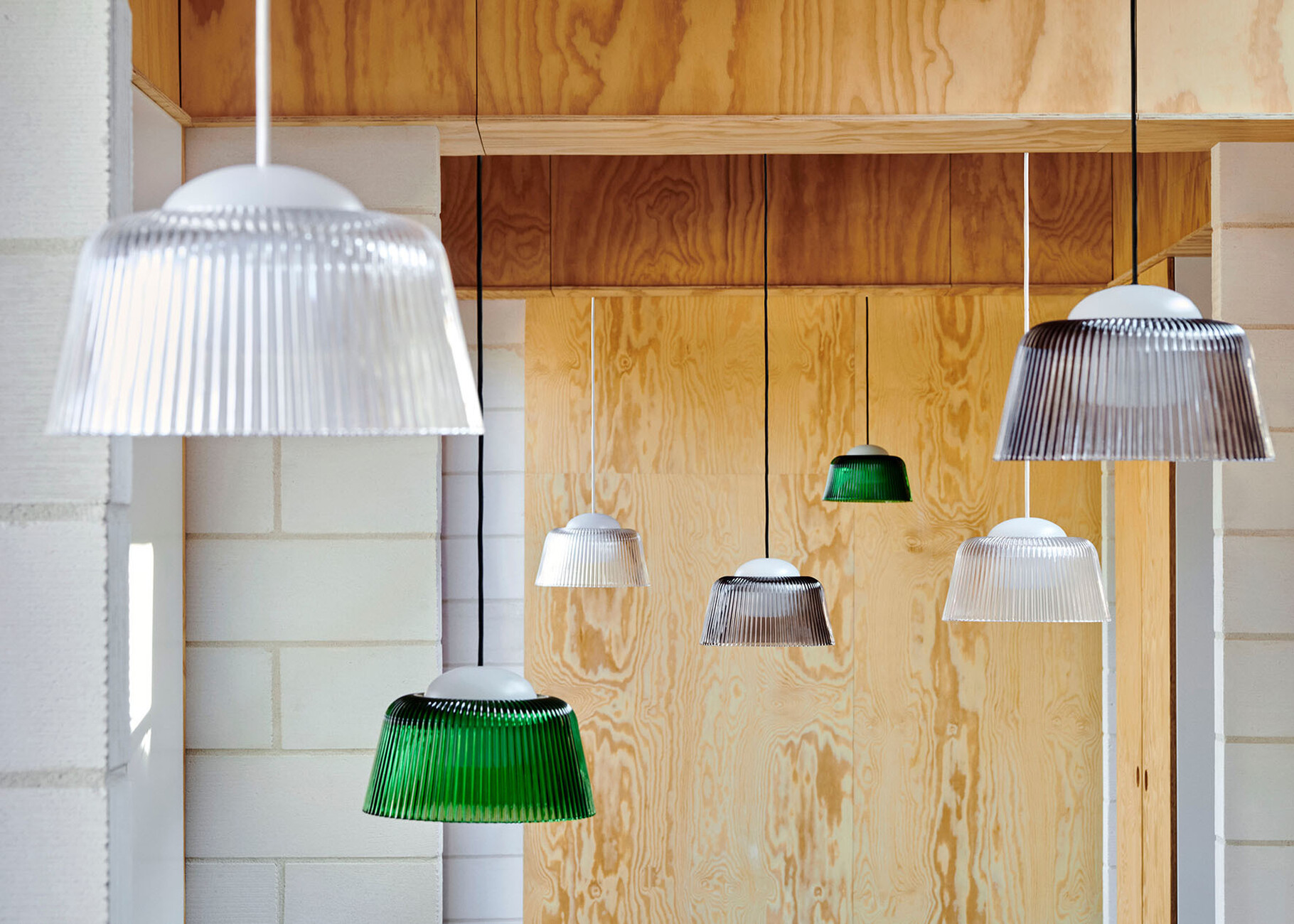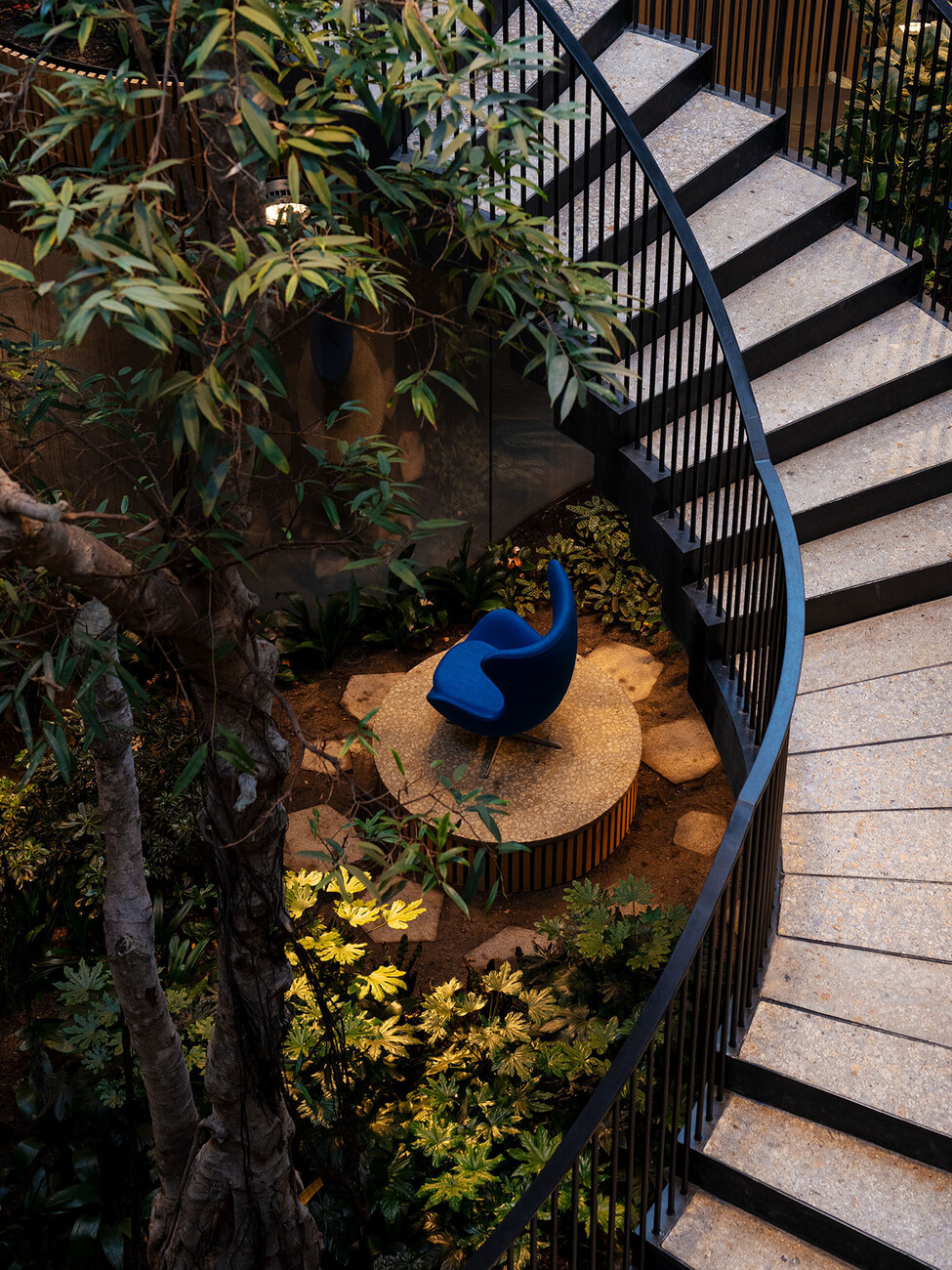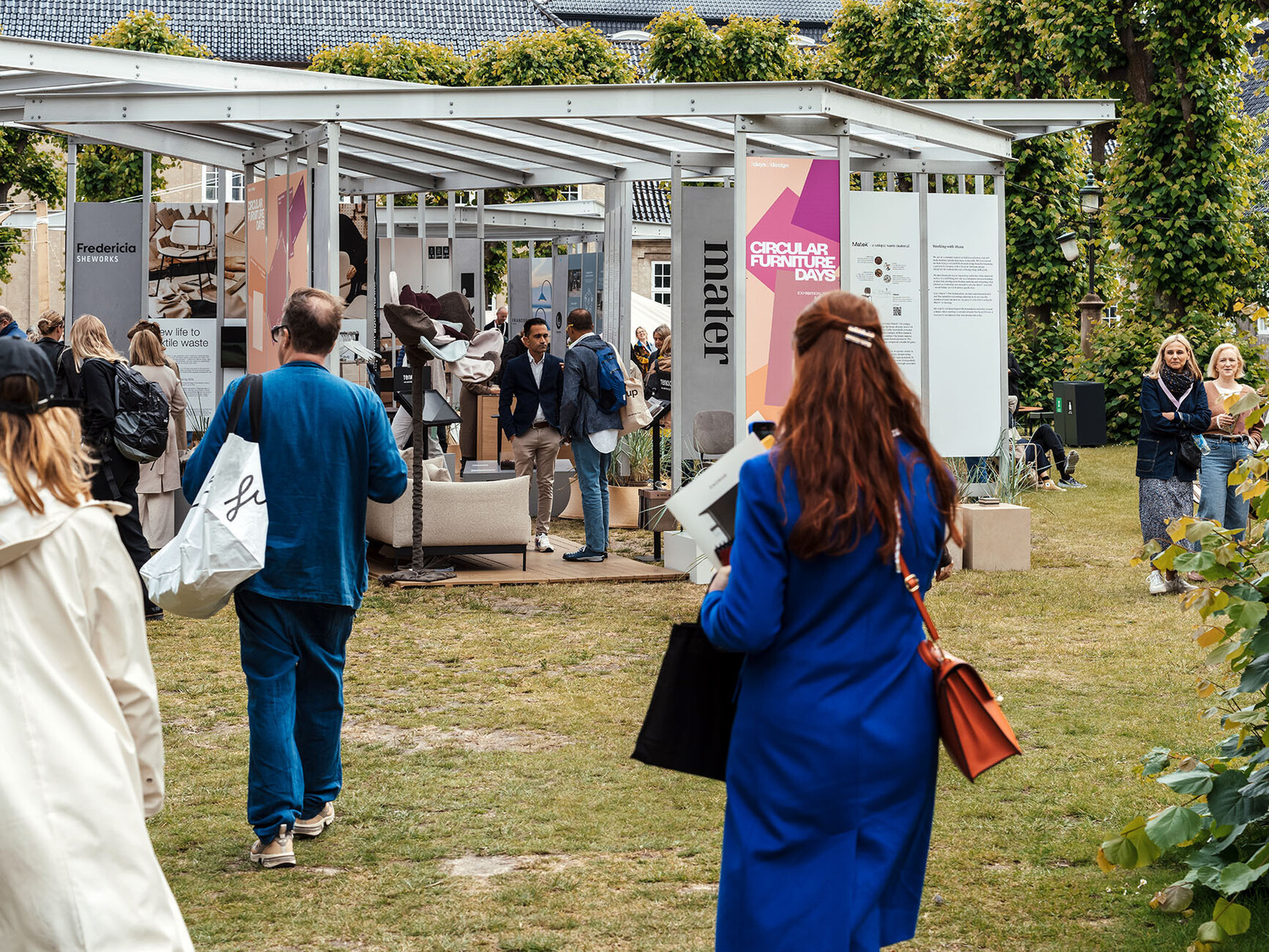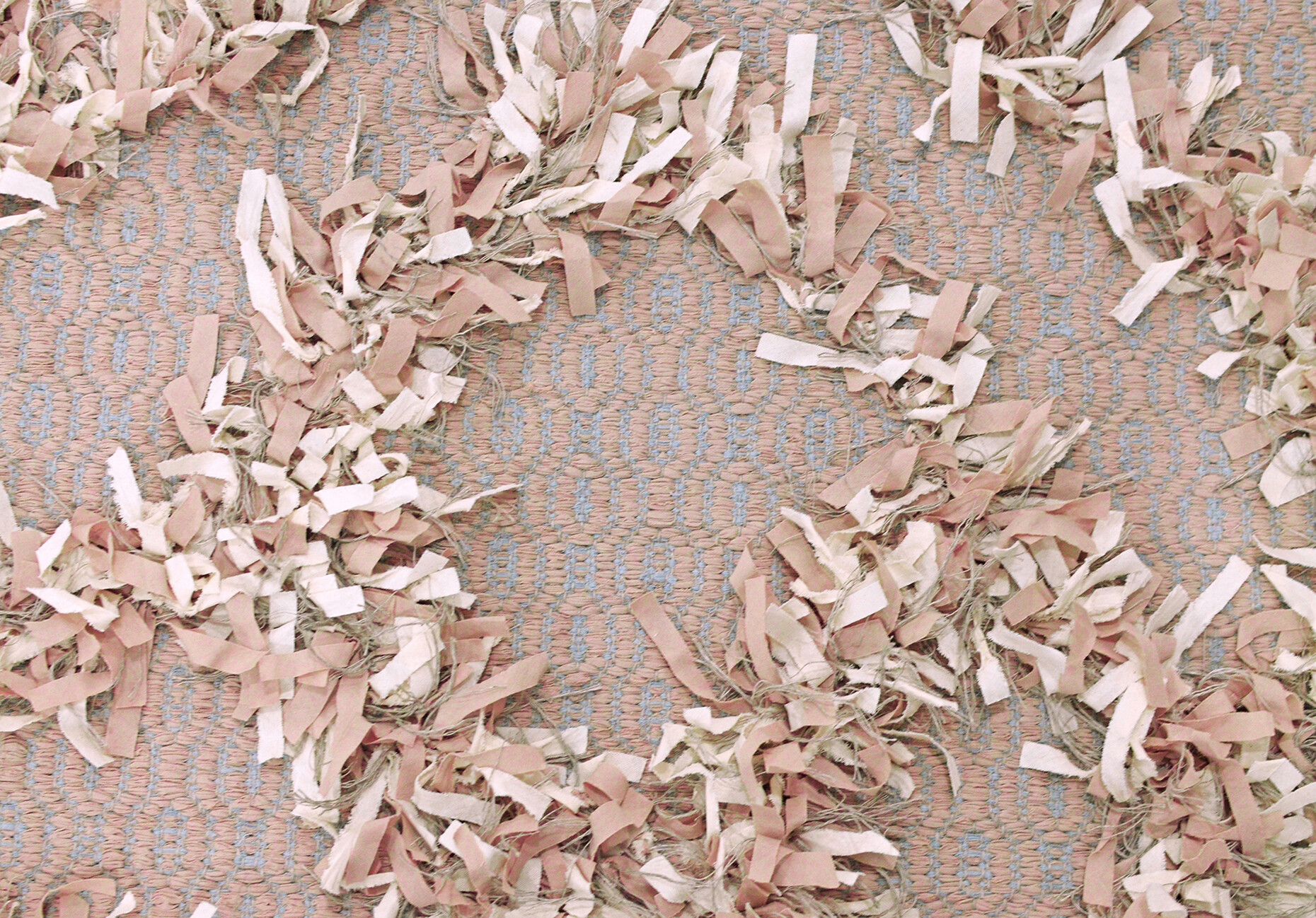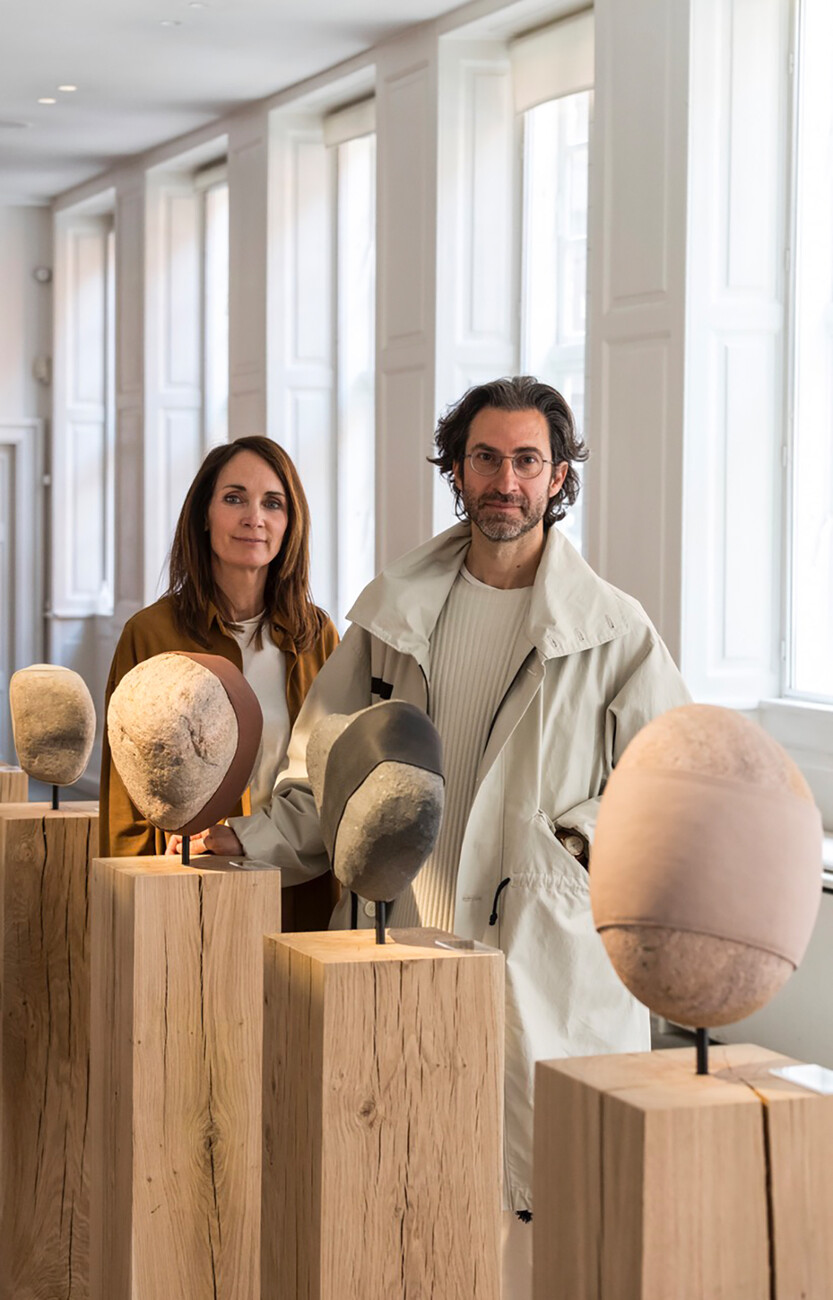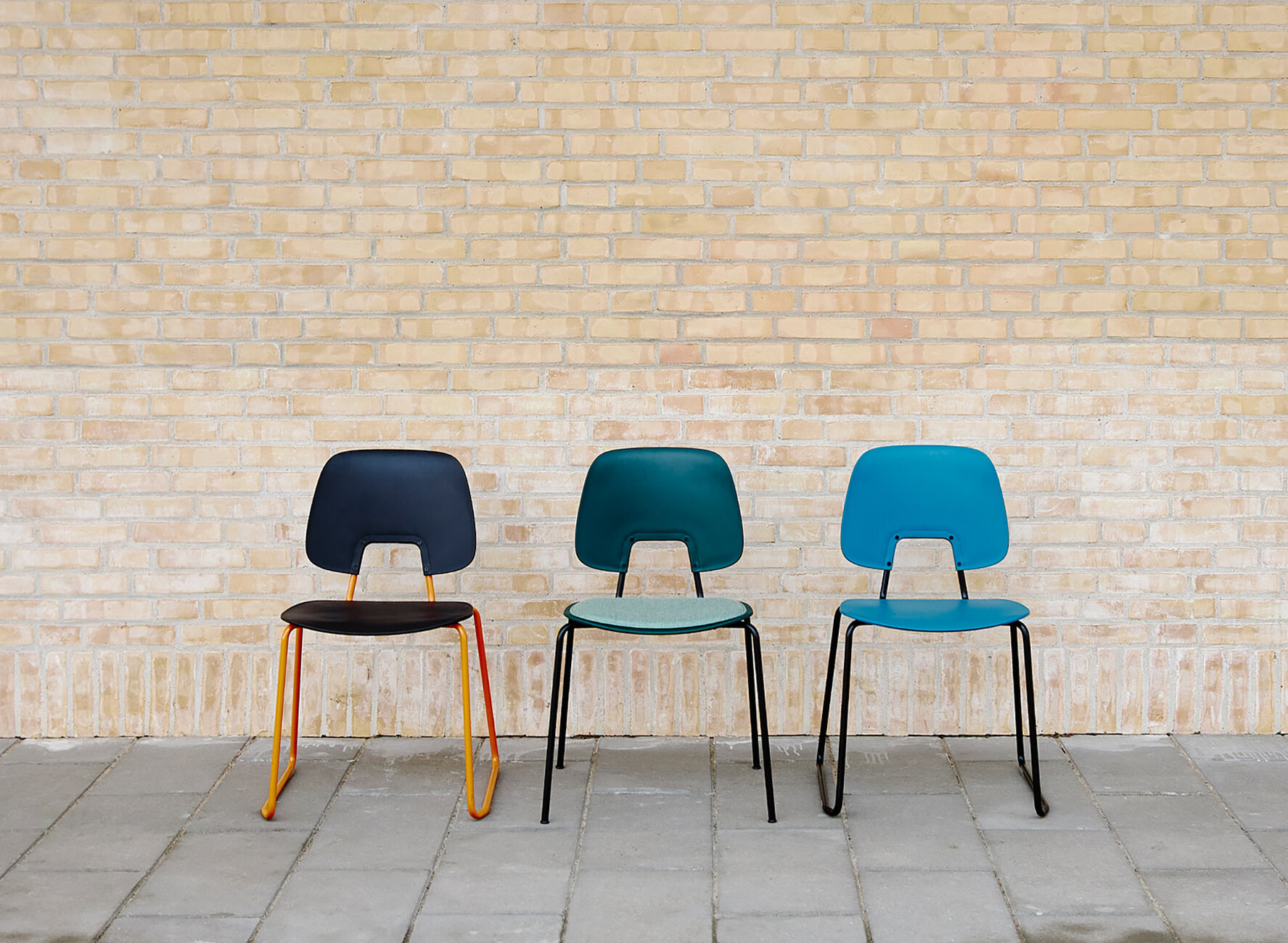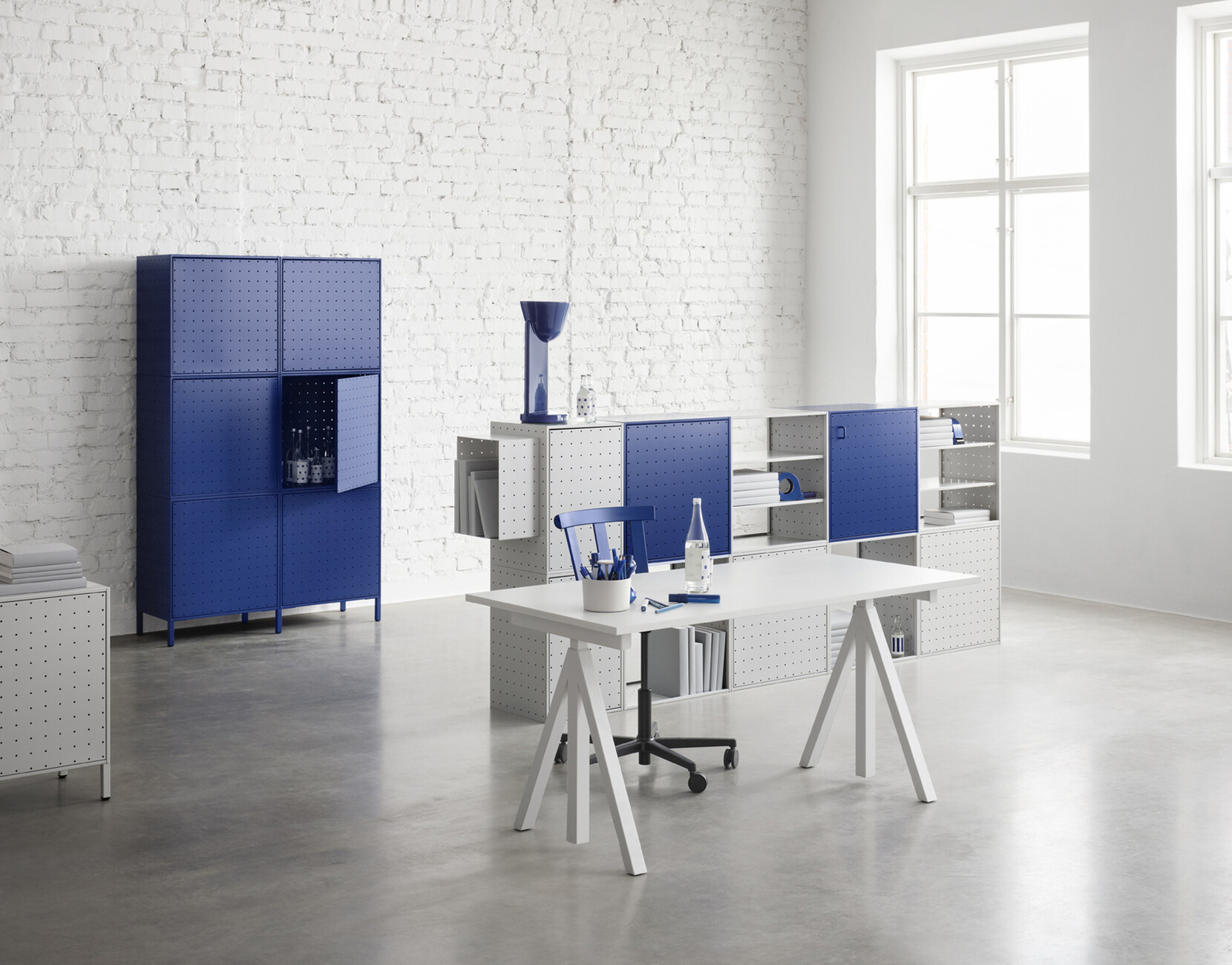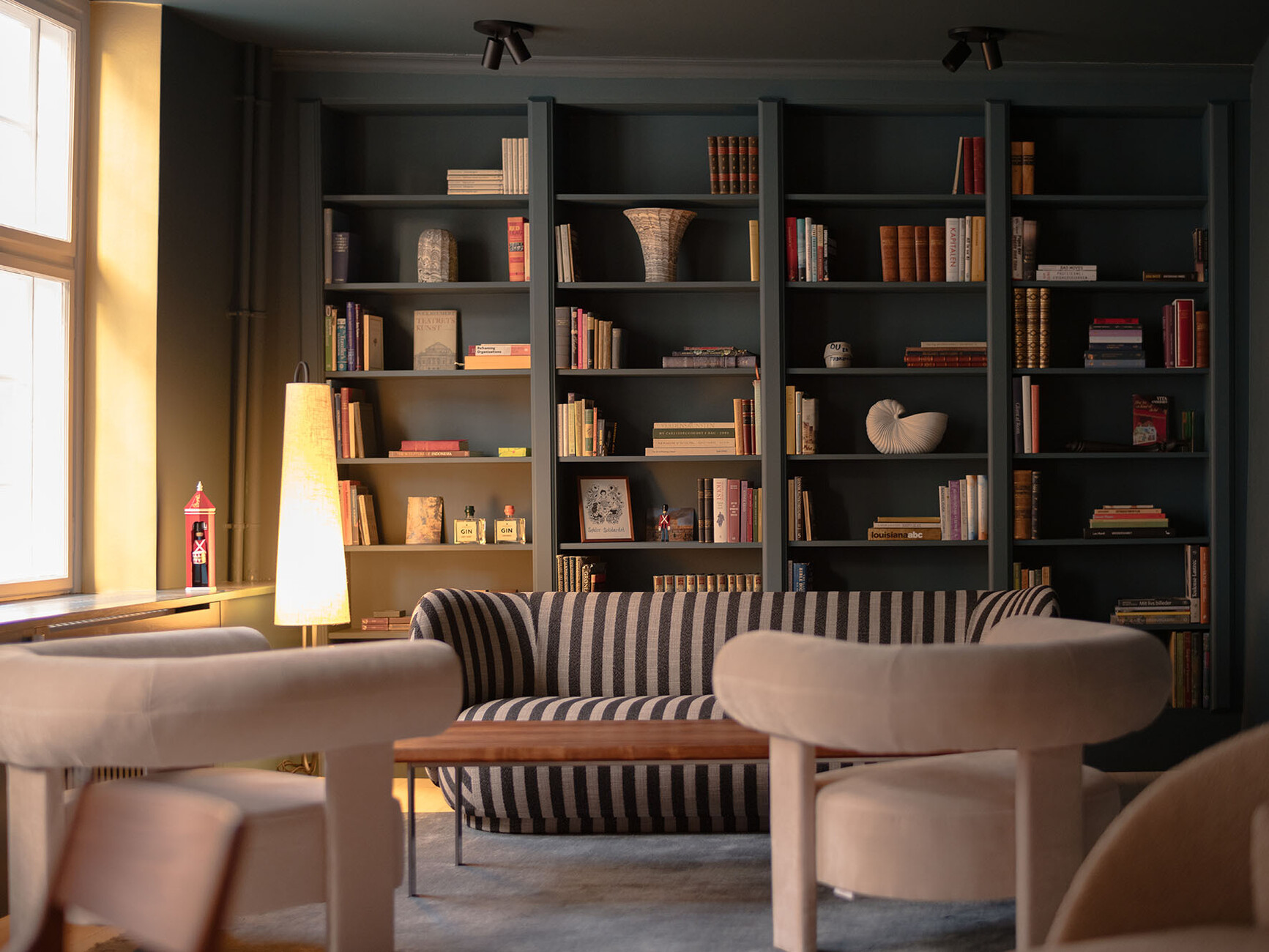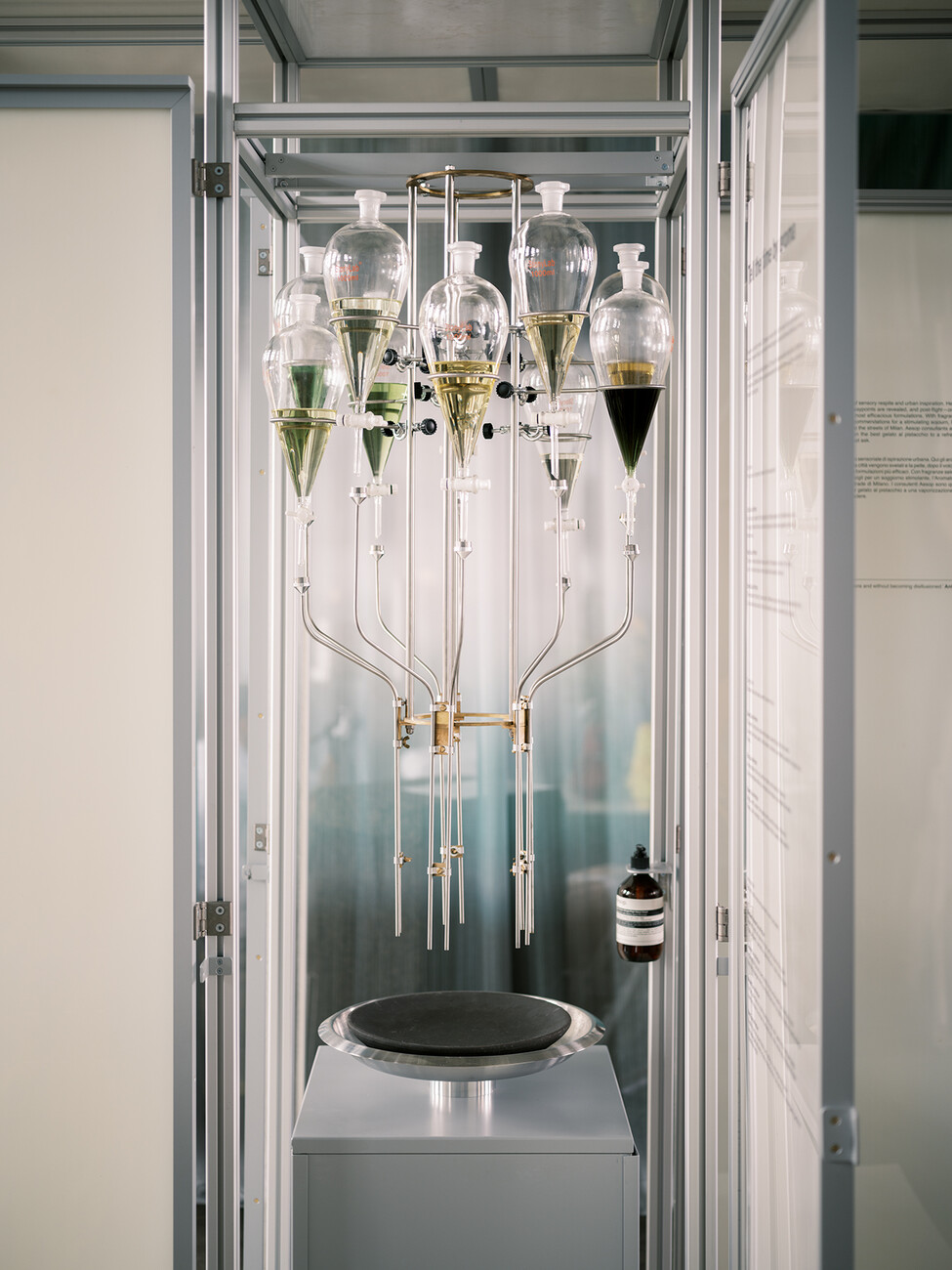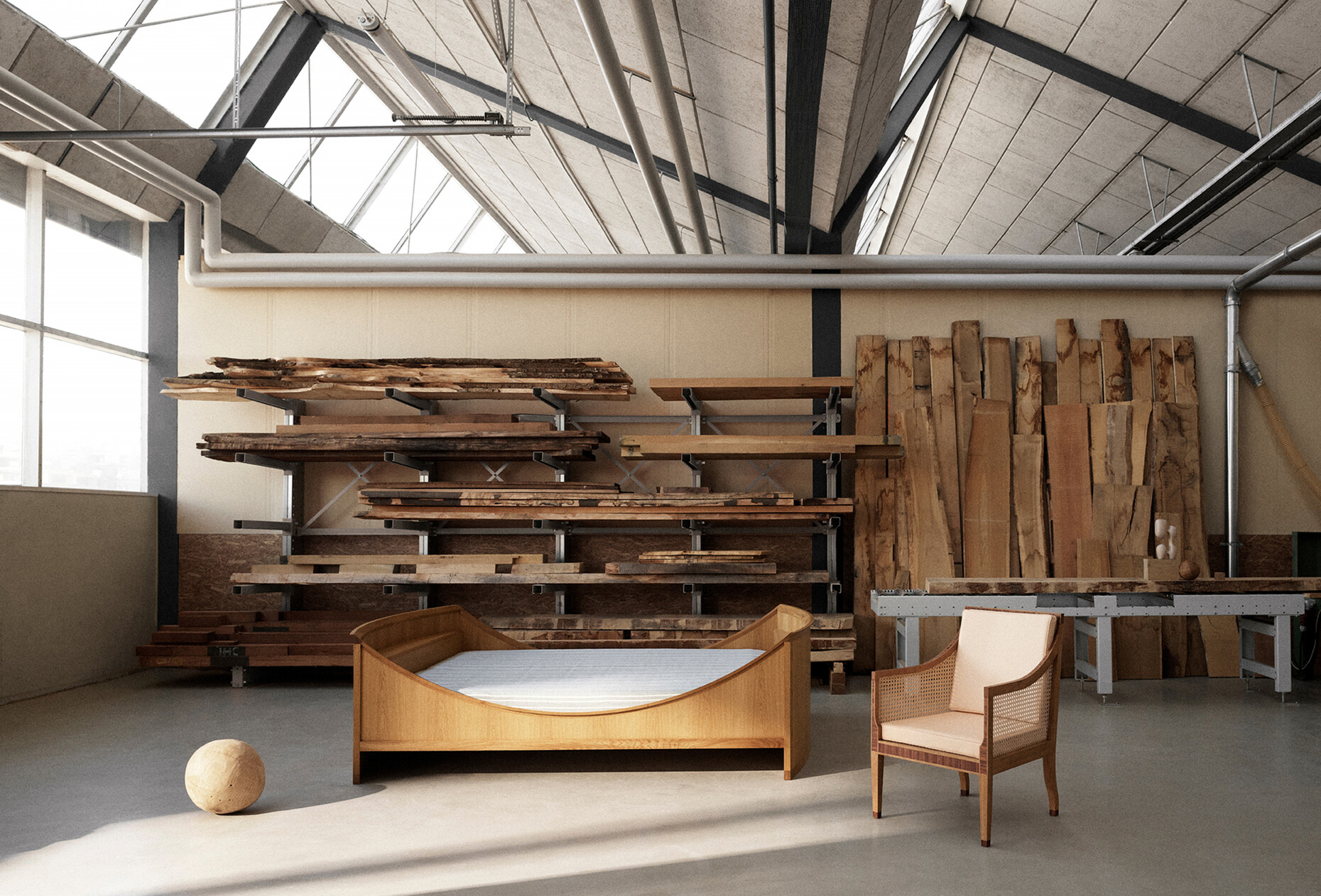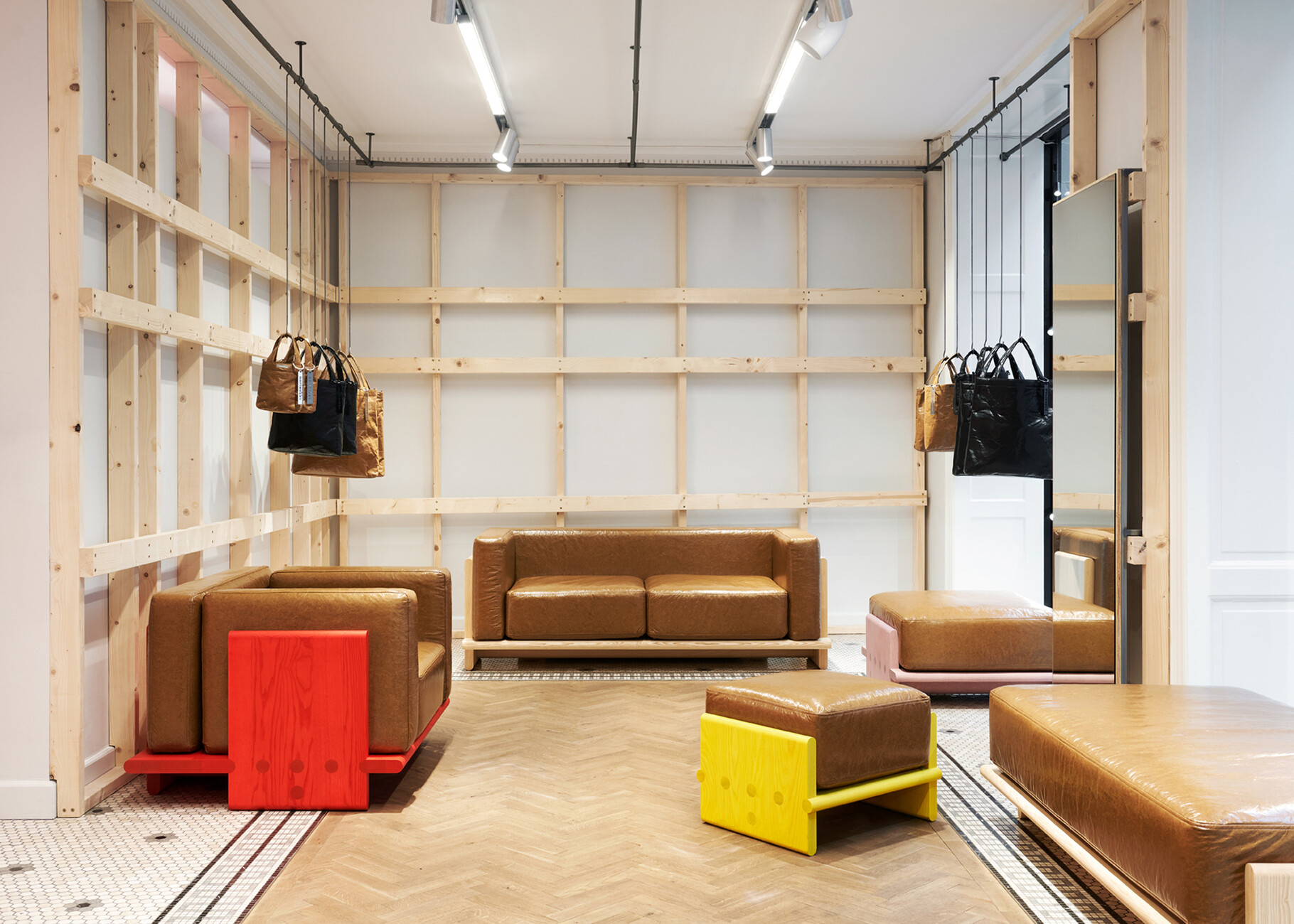3daysofdesign 2024 – Review
Fresh north wind
From 12 to 14 June 2024, dreams were possible at so many unique locations in Copenhagen that it was almost impossible to experience them all. Since its founding in 2011, 3daysofdesign has been growing at a huge pace, both in terms of exhibitors and visitors from all over the world. For this edition of the design event, the number of exhibiting companies was already close to 400. The shows at Framing, Frederiksgade and Hay House were completely overcrowded, and many manufacturers such as Karimoku and Norr11 & And Light invested in spacious showrooms in the city centre. Alongside Milan, Copenhagen has become a "place to be" for the design scene, as the festival offers a harmonious atmosphere and perfect organisation even in heavy rain showers and cool temperatures. Self with a tight schedule, inspiring encounters are possible, the distances are usually short and the presentations are aesthetic and well thought out down to the last detail.
Alongside the industry's "class reunion", young designers are fortunately gradually becoming more visible, as in the Ukurant, Danish Art Workshops and House of Nordic Design exhibitions. In the latter, for example, Aaron Wessels from Studio Wes presented a low side table made of solid Douglas fir remnants from Dinesen and satinised glass as part of the "NoDe" show. The rhythmic elegance of brutalist ceiling structures served as inspiration for "Brut". The four legs can be attached to the structure of the tray and detached again so that the table can be easily moved.
What was striking in this edition of 3daysofdesign was the increased collaboration with Swedish creatives such as Note Design Studio – they designed both the Audo Copenhagen house in a pleasantly bright colour scheme and developed the "Instantánea" concept for the Vibia exhibition. In their diverse scenarios, for example, "PlusMinus" by Stefan Diez was selected for an artistic display in a monochrome colour palette that perfectly illustrated the harmony of the lighting system.
For the design of the products, the current trend towards voluminous retro shapes and bold colours was mixed with the familiar Scandinavian furniture design made of light wood and leather in the exhibitions. There was a touch of adventure in the air, and with it the joy of experimentation: under the title "ReThink", the works of twelve international creatives could be discovered at Kvadrat, who are looking for new ways to create responsible design with products and production remnants from the company. The exhibits included the "Fibre Walls" by Dutch studio Belén, biodegradable building materials that offer acoustics, insulation, colour and texture all in one. Vitra presented the "Anagram" sofa by Panter&Tourroun, whose modules can be flexibly combined on all four sides. Thanks to a click mechanism, it is possible to position back and side rests as well as small tables in many configurations as required. In addition to new furniture and lighting, such as the preview of the "Palissade Cord" lounge chair by Ronan & Erwan Bouroullec and the "Brim" pendant lighting collection made of pressed glass by Rui Pereira and Ryosuke Fukusada, Hay also presented a sports shoe collection with asics. Massproductions presented the "Woodwerk" chair by Chris Martin, whose connecting pieces to the backrest appear to be twisted in the centre, taking the character of the classic chair to another level with a single detail. Zeitraum presented, for example, the "Aeon" chair by Mathias Hahn, which combines two opposites into a harmonious unit: The flexibility of the moulded wood shell and the stability of the solid wood frame.
Together with Le Klint, Pascal Hien presented the "Spot" luminaire, which combines the industrial charm of the steel structure with a striking wooden handle. It can be used to move the luminaire head and quickly reposition the luminaire. All components are connected with just one screw and are interchangeable. For Raawii, Erwan Bouroullec tested the limits of reduction for a lounge chair: All the individual parts have been reduced to a minimum, are easy to assemble and space-saving packaging has also been considered. The clear structure of "Arba", made of curved metal profiles and a die-cast aluminium base, offers a relaxed version of the classic task chair. With "A_Rug", Nomad combines dyed cotton remnants with thick bouclée yarn to create an elegant rug, which was on show at the Designhaus in Frederiksgade 1. A few rooms away, the delicate mini vases "Midsummer" by Orreforrs in soft colours, designed by Claesson Koivisto Rune, could be discovered.
Sørensen Leather offered new perspectives with the "Leisure" collection from GamFratesi: thanks to a multi-layer microfinish, it creates a dirt-repellent and very hard-wearing surface that is produced by hand. The duo collected the natural colour tones, ranging from volcanic black to vibrant yellow, on a trip to Europe and developed them using a water base. For the exhibition, the coloured leather strips were tied around large stones and placed on wooden pedestals – a refreshingly artistic way of presenting the products. The effect of the "Leisure" collection as furniture upholstery was explored at Gubi, which used it for the upholstery of the "Beetle" and "Croissant" chairs, for example.
Sebastian Herkner's new luminaire family for Midgard was eagerly awaited: "Loja" interprets the idea of directable light with a curved paper shade that is loosely placed on a translucent glass cylinder like a hat. This not only guarantees a gentle flow of light and a high degree of flexibility, but the sweeping gesture of the shade also displays an elegance that adds a new note to the formal melody of Midgard. In keeping with the DNA of the traditional company, which is managed by David Einsiedler and Joke Rasch, the product consists of just three materials that can be freely separated from one another and are also 100 per cent recyclable: Paper, glass and steel. The renowned designer was honoured with an exhibition directly in the entrance area of the Framing House.
The highlights of 3daysofdesign also involved the show by Fritz Hansen and Cobe Architects in the inner-city harbour of Copenhagen: the harmonious interplay of design and architecture could be experienced both in the multifunctional Papirøen complex and in and around the Vaeksthuset restaurant, an organically shaped greenhouse that forms the heart of the Opera Park. Included was the first look at the "Monolit" chair by Cecilie Manz, which supports the seated person like a small throne and offers a protective feeling with its rounded shells. Other premieres included the new DCW Editions showroom in the Free City of Christiania and the participation of Finnish fashion label Marimekko. In addition to the familiar floral patterns, the latter surprised visitors with furniture and bags made from the plant-based material Vireo, which consists of 70 per cent hemp fibres. Vireo was developed by Hemp Bio, which is majority-owned by Kvadrat. The pieces of furniture realised by Bunn Studio and Gribskov Inventarsnedkeri demonstrate the adaptability of Vireo. Thanks to a partnership with textile recycler Rester, the upholstery is filled with recycled fabrics from the Marimekko factory in Helsinki.
The installation by Danish furniture studio Møbel Copenhagen, developed by fashion stylist and art director Anders Sølvsten Thomsen, was another special experience: On the third basement floor of the Ofelia Plads multi-storey car park right by the harbour, a 400 square metre strip was partitioned off, where the entire collection was presented in three scenarios. Many of the designs were created by architect and designer David Thulstrup, such as the "Rudi" and "Taku" seating furniture or the low "Tile" coffee table, whose tops are made of naturally glazed lava stone. The Danish Art Workshops also took part in 3daysofdesign for the first time, creating a platform for art and design with exhibits from 16 creative artists. Curated by artist and designer Birgitte Due Madsen, the exhibits included the work of Laerke Ryom, who uses jeans remnants for her furniture, the "Drop" table lamp by Michael Antrobus, which is made from a continuous housing with a weighted base, and the "Water Lily + Biscuit Chair" by Jonas Lyndby Jensen made from oiled oak, whose small collar profile is both practical and chic. Meanwhile, the Danish Design Makers exhibited in the garden of the Danish Design Museum, creating a network for sustainable design approaches - such as on the part of Mater, Wehlers, again or Kvik. We can already look forward to the non-profit association's participation in the upcoming Orgatec with the "Design Blind Date" concept.
Parallel to the search for new paths in design, there was of course no absence of a look back in Denmark, with designs from the 50s and 60s as well as designs from the 30s and 40s coming to the foreground, such as those by Carl Hansen & Søn, who reissued "The English Chair" from 1931 and the "Spherical Bed" from 1938, both of which were designed by Kaare Klingt. Dagmar showed a re-edition of the "Clam Chair", designed by Arnold Madsen in 1944. In keeping with the motto "Looking back while going forward", Skovgaard Jensen – SJ1903 presented a series of iconic mid-century modern classics and reissued productions. In addition to the reunion with established classics, Fredericia also offered a showcase of in-house craftsmanship, curated by designer Maria Bruun. This illustrated how the traditional processing of materials can be integrated into industrial production in order to remain relevant. A good example is the preview of the "Jota Lounge Collection" by Jasper Morrison for Fredericia, whose numerous cushions rest on a linear wooden structure that fits formally into any context.
With this wide variety of new ideas and collaborations, 3daysofdesign once again emphasised its high position in the industry calendar and showed what Danish design can be alongside traditional expression. The fast growth of the event is very exciting, or as Paula Madrid, BIG's Global Graphic Design Manager, who created the visual identity for this year's festival, puts it: "We believe that we can achieve much more with a variety of different perspectives than we can on our own. When we all come together, we become a kind of powerhouse." However, it is also a challenge to maintain the current unique aspects, such as the familiar atmosphere, the exclusive presentation and the ideal networking opportunities, given the huge international interest. The event has already become a showcase model and sets a continuous improvement of the environmental impact as a selection criterion for exhibiting companies. It will therefore be a matter of great interest to see how the 3daysofdesign team organises the programme in the future.
